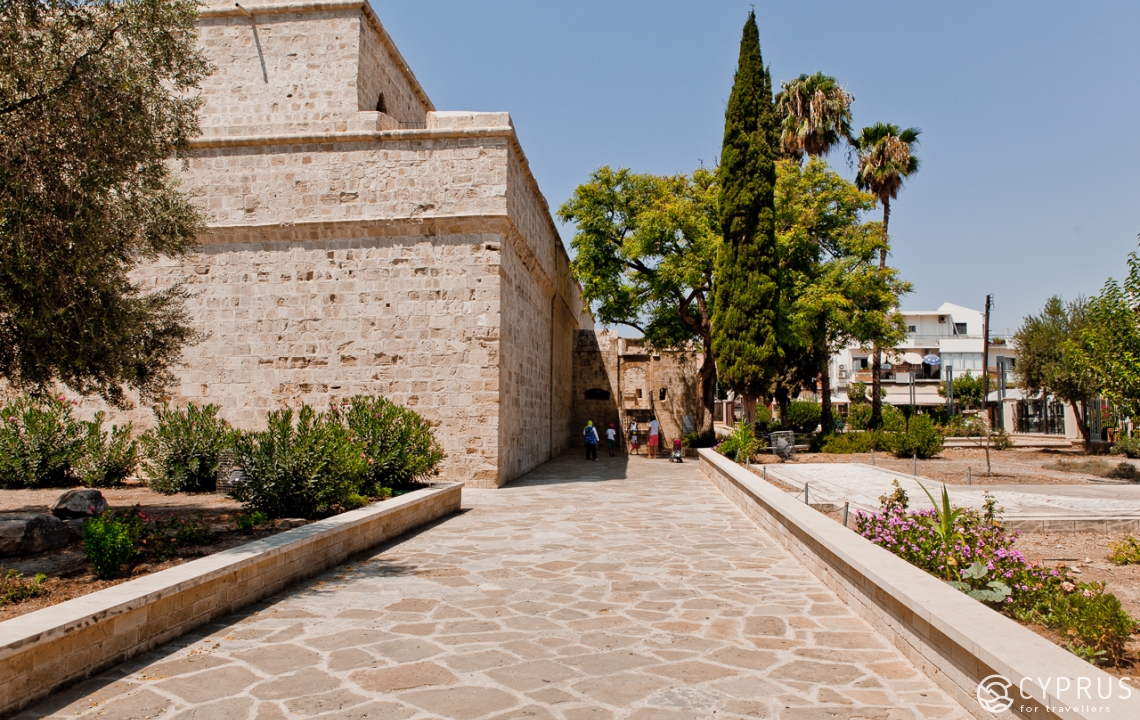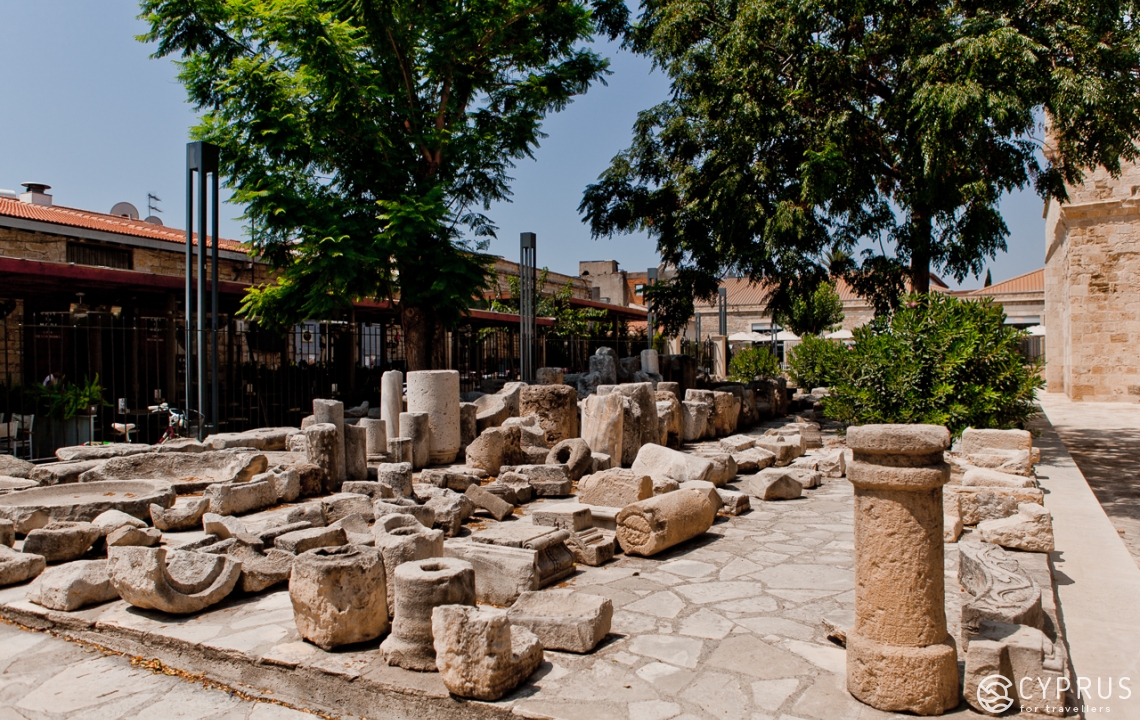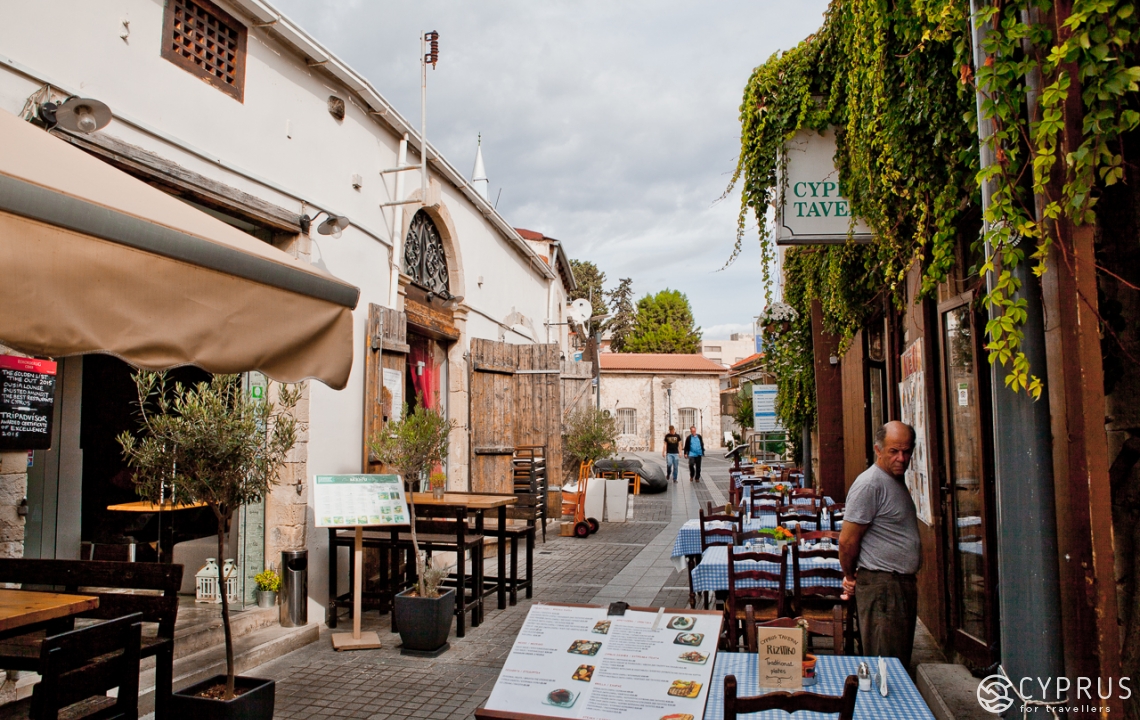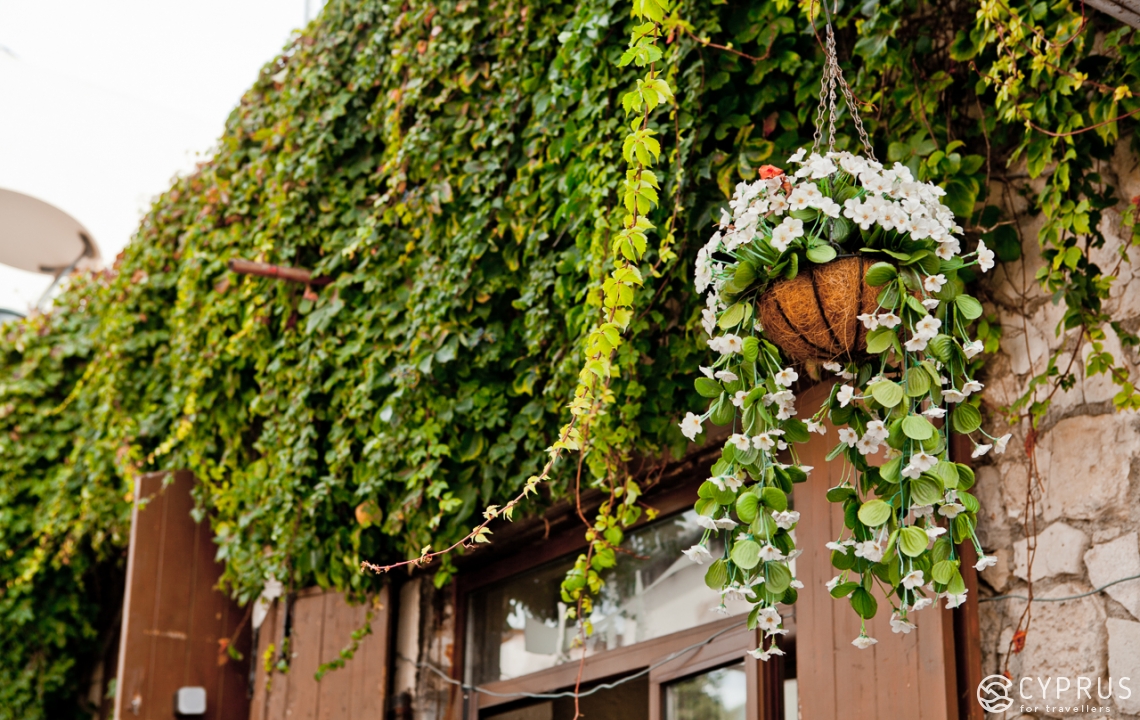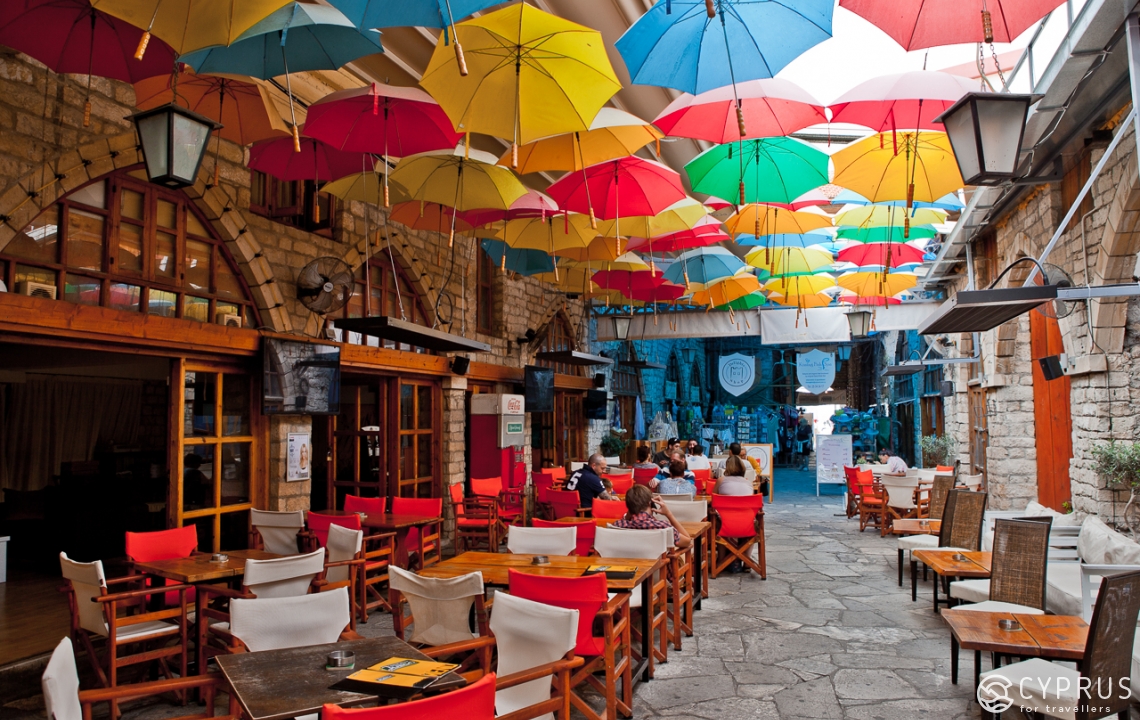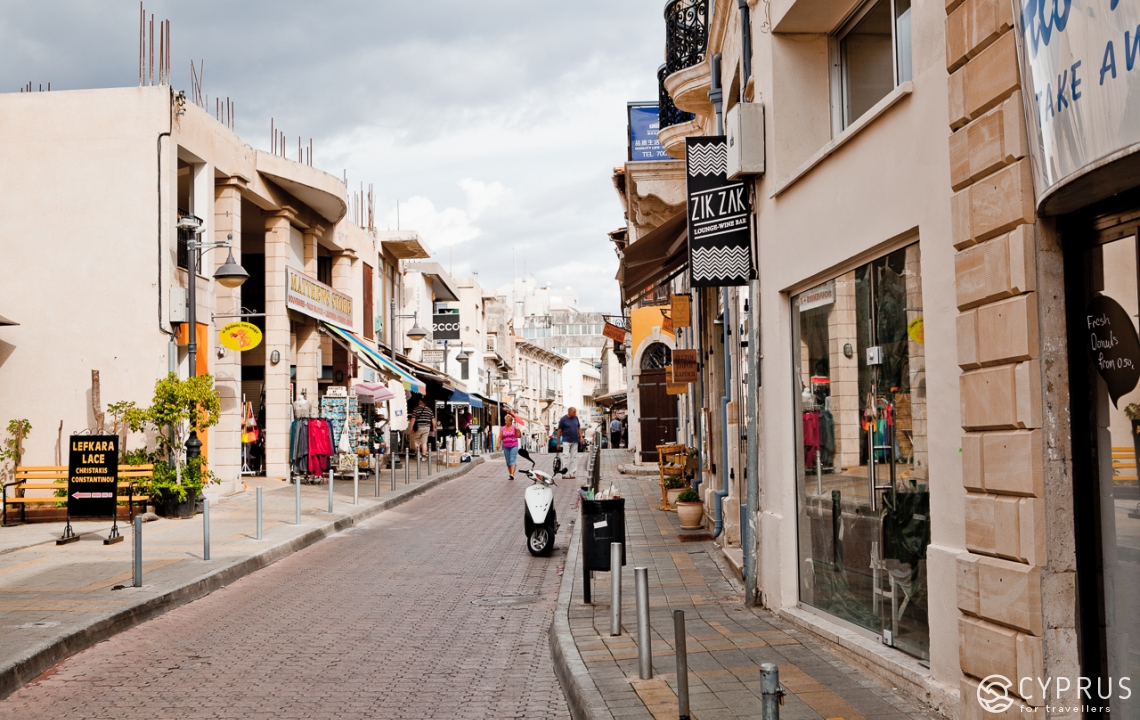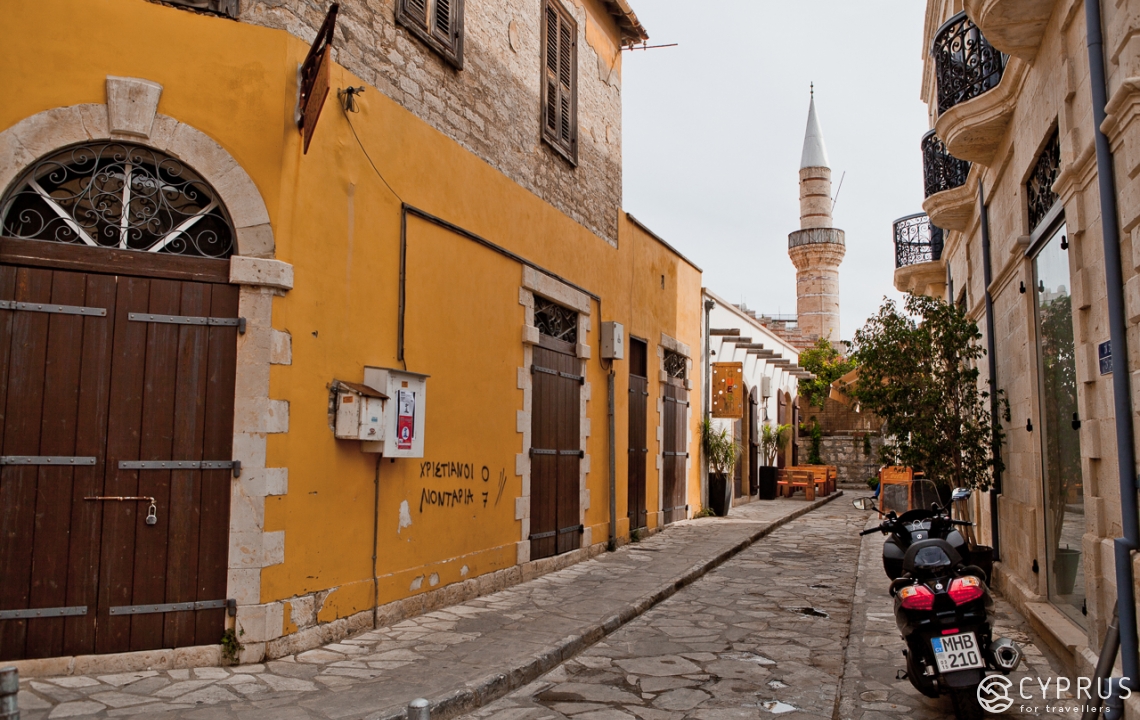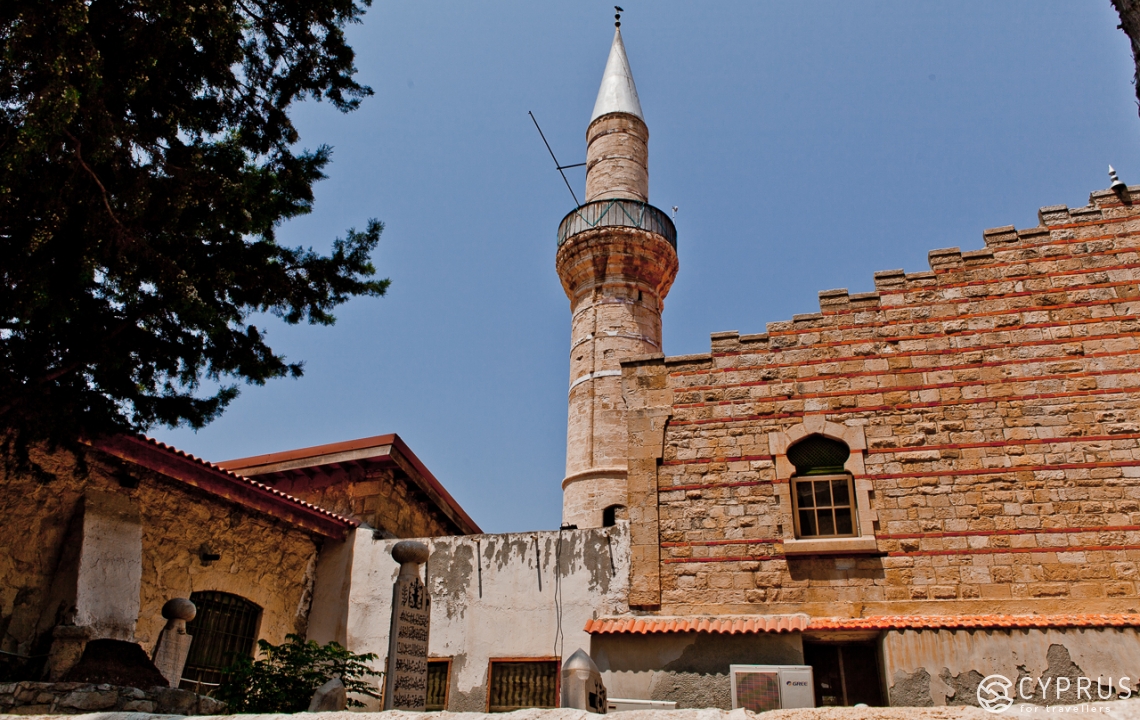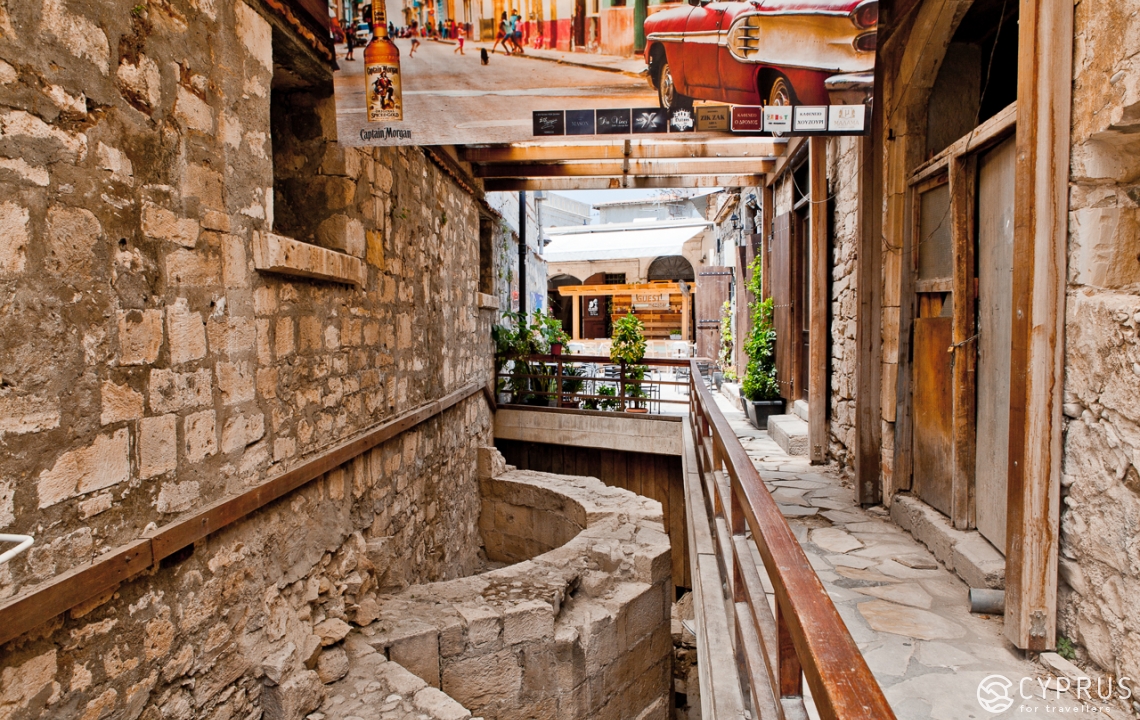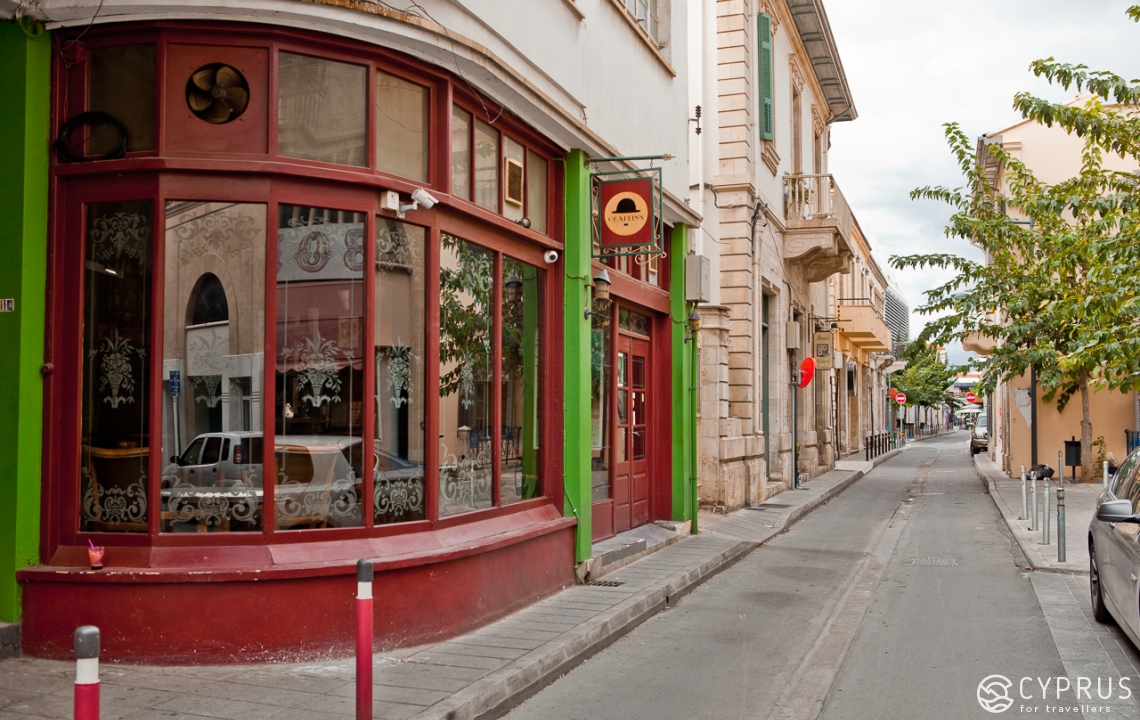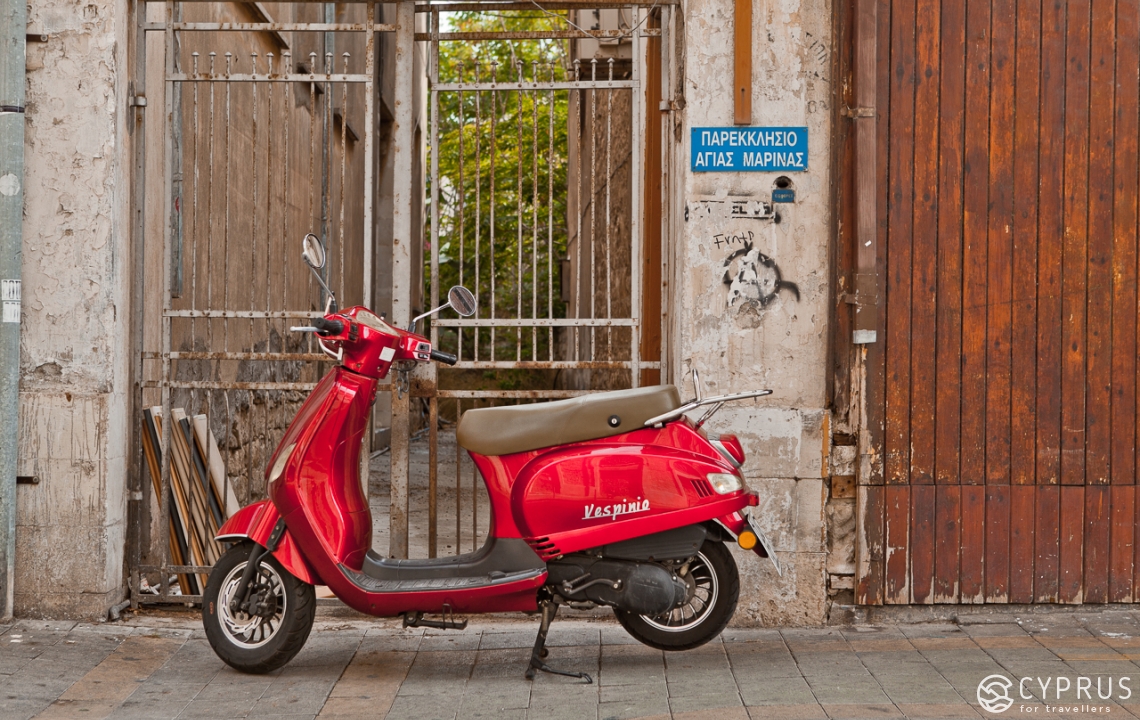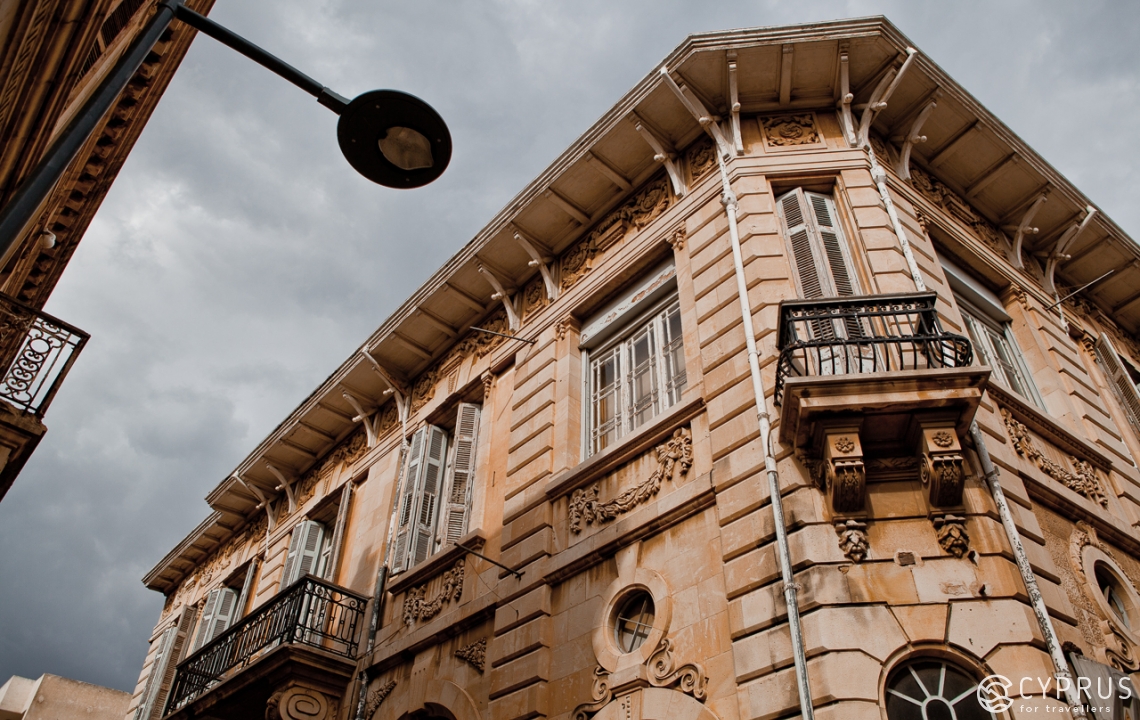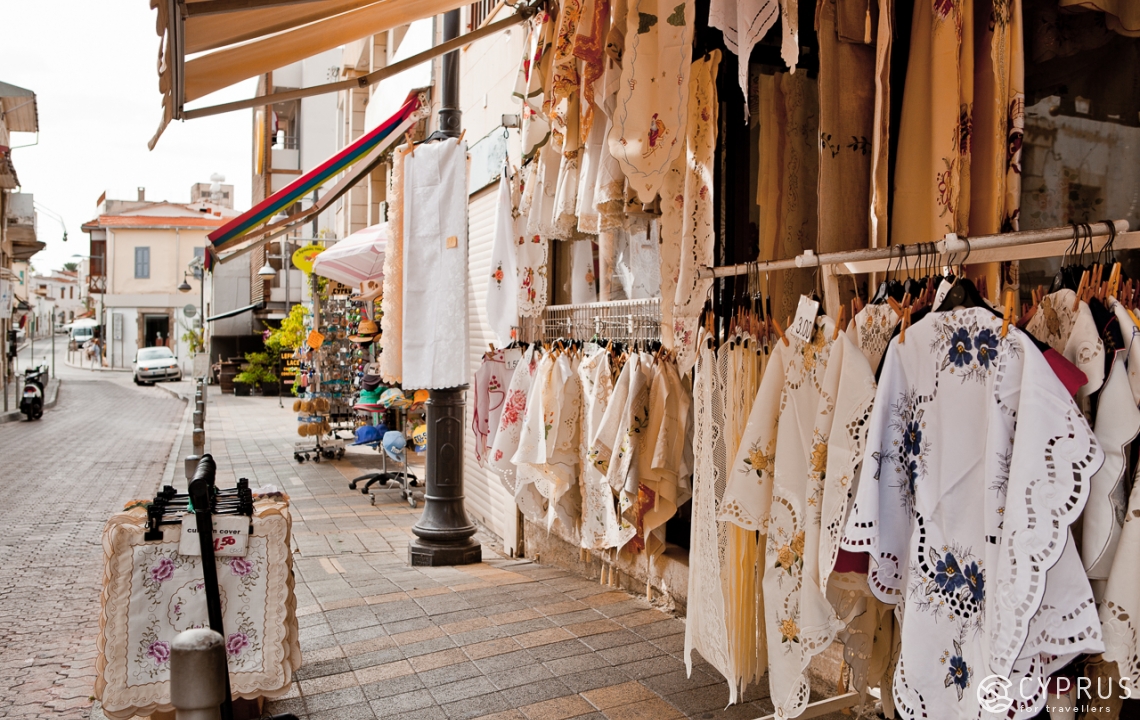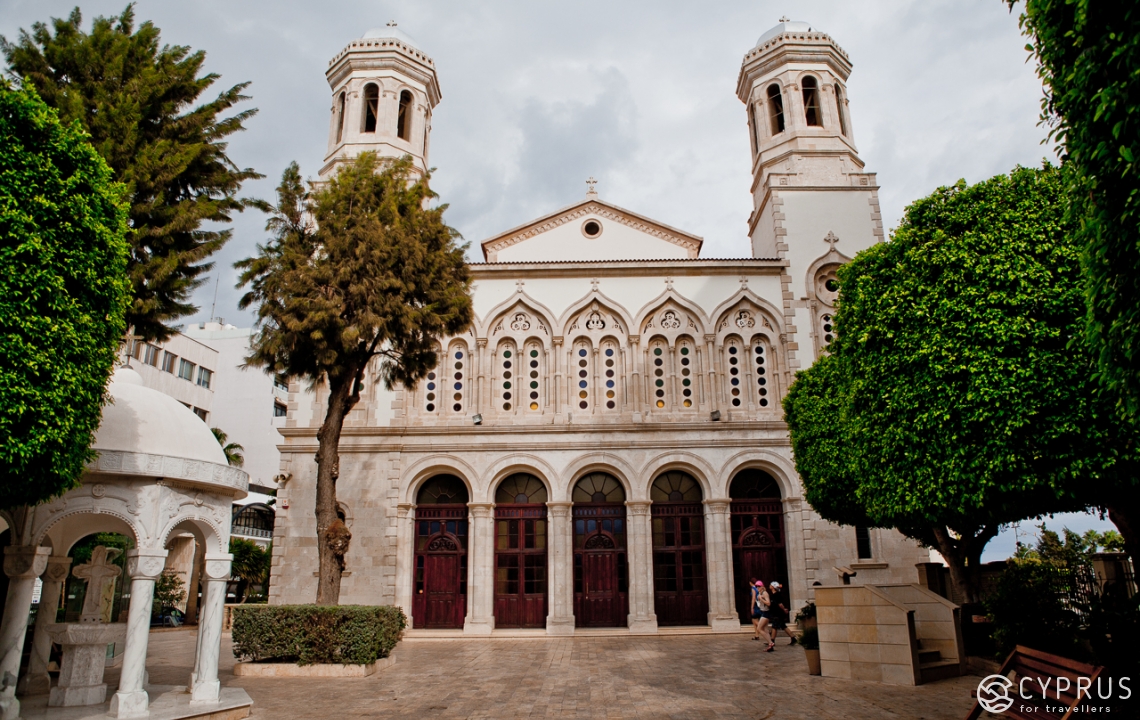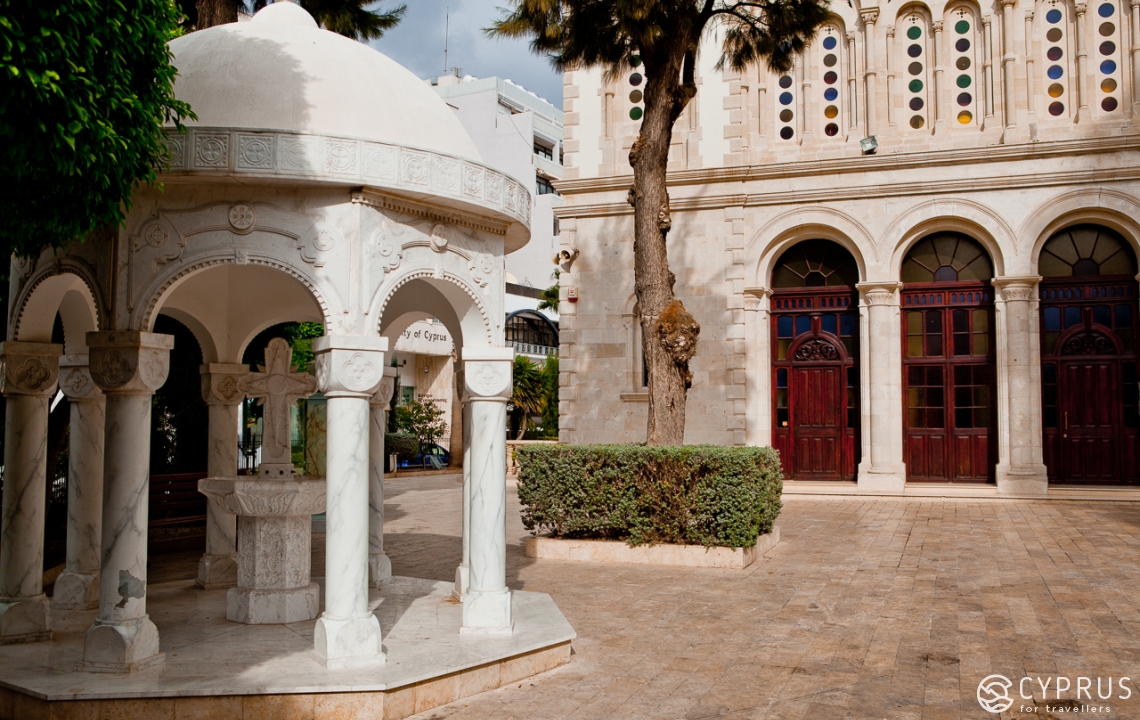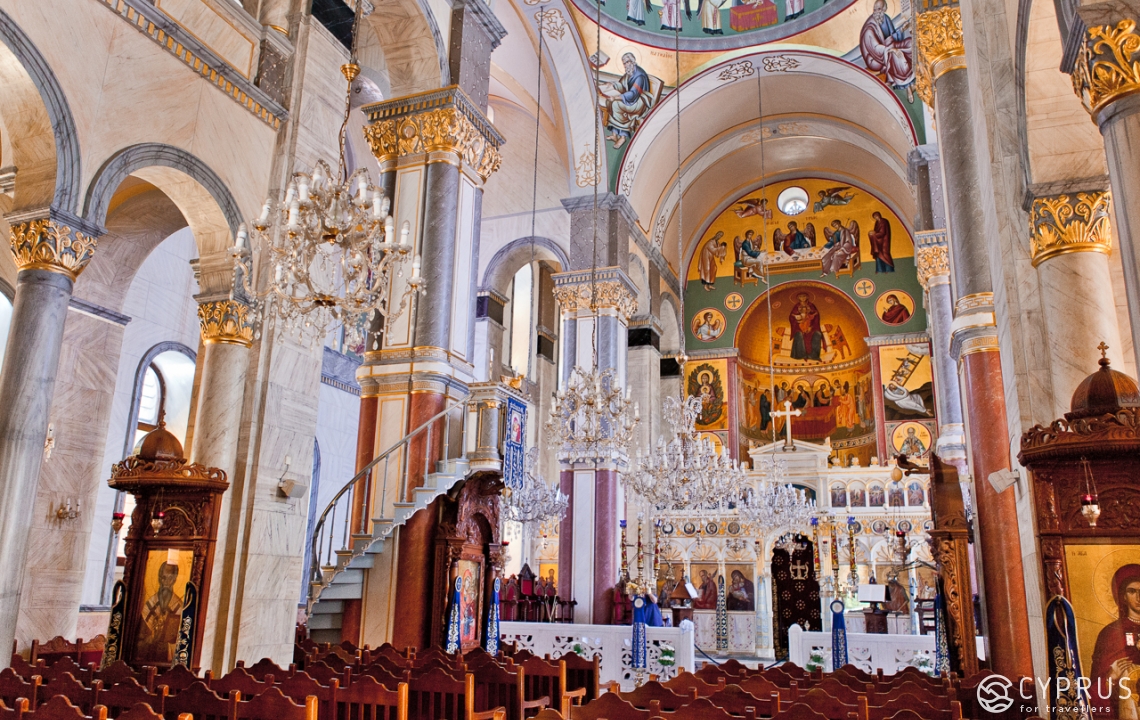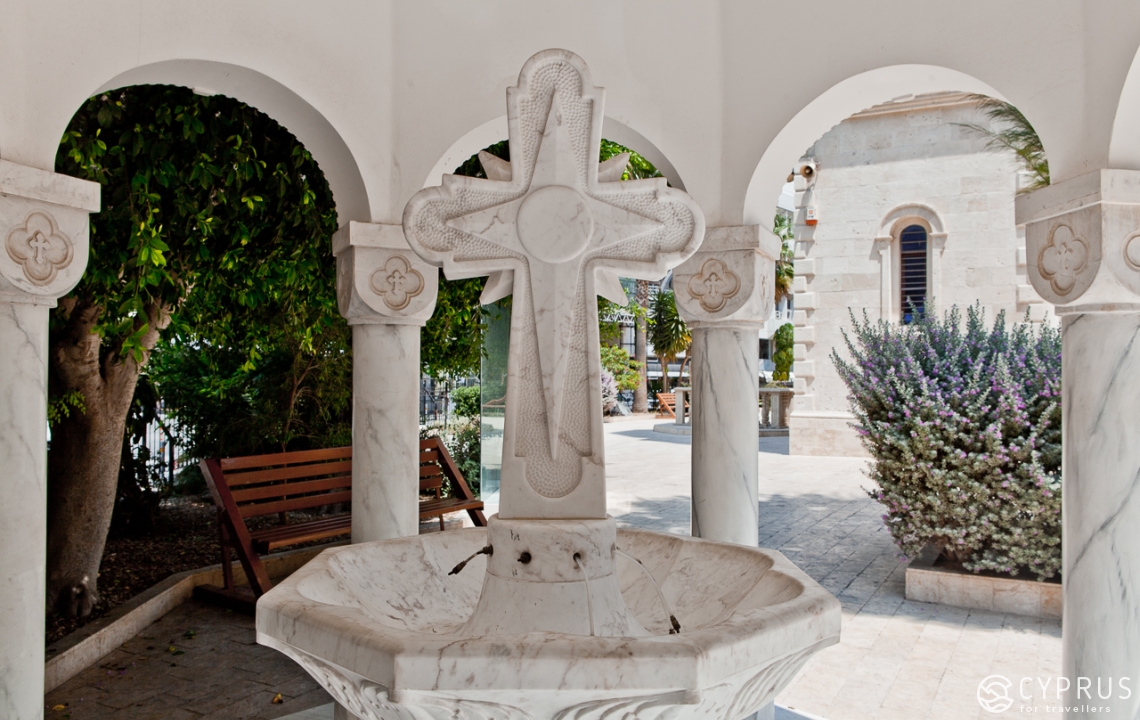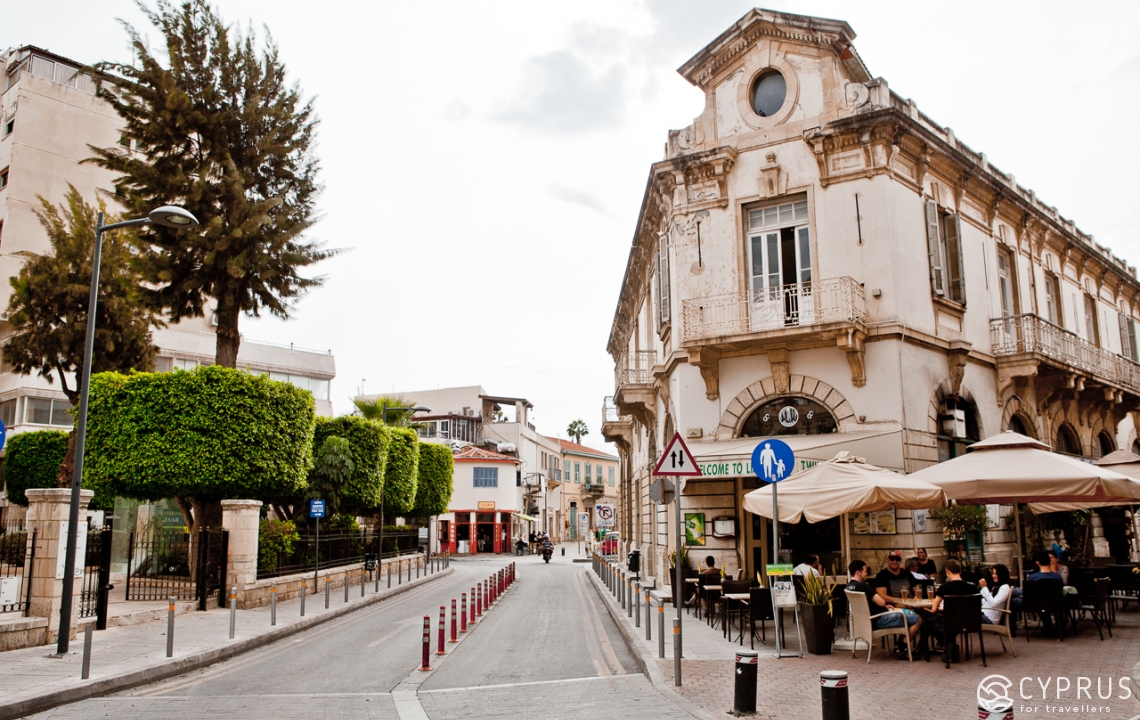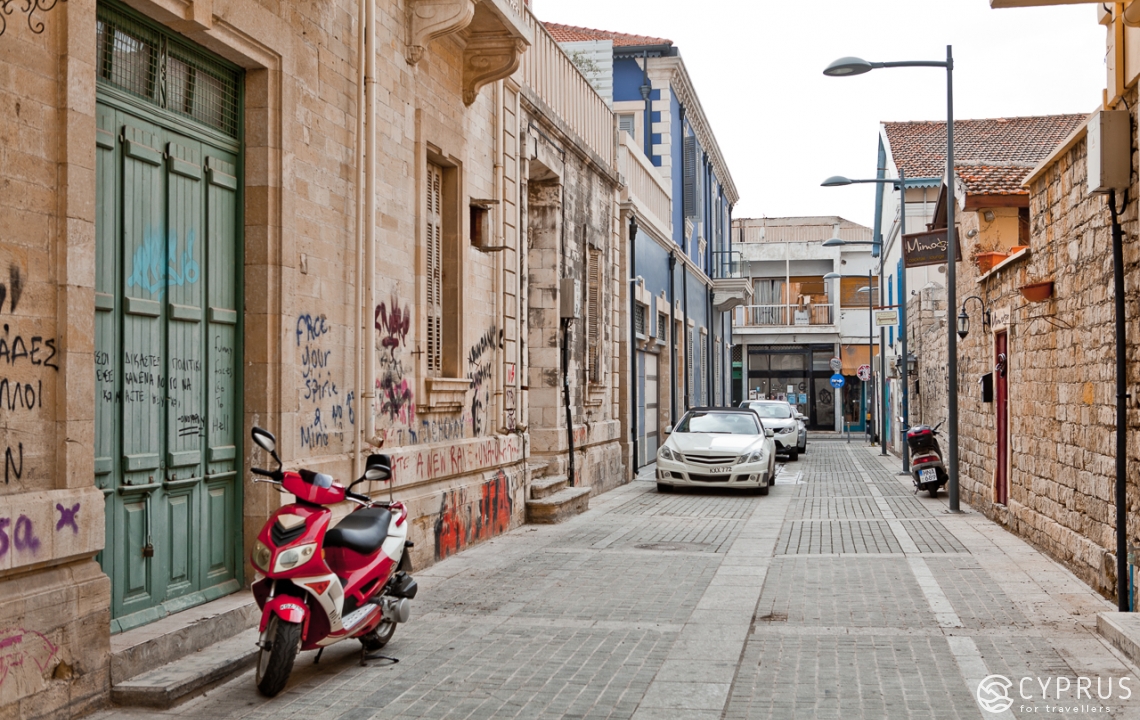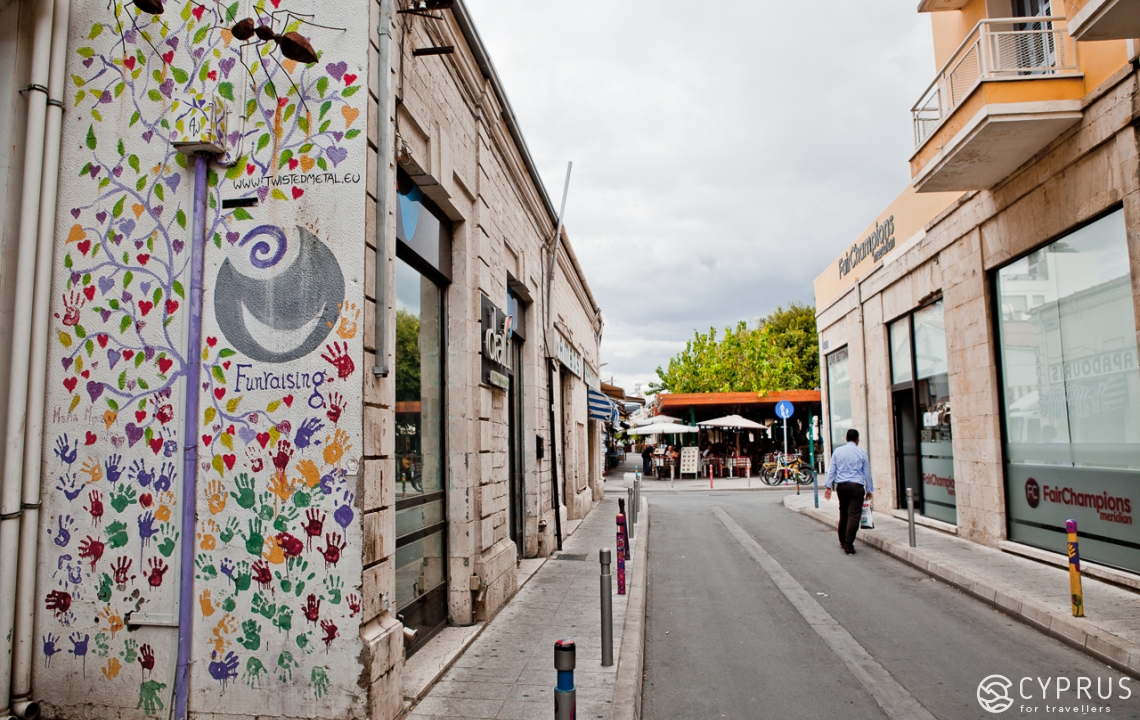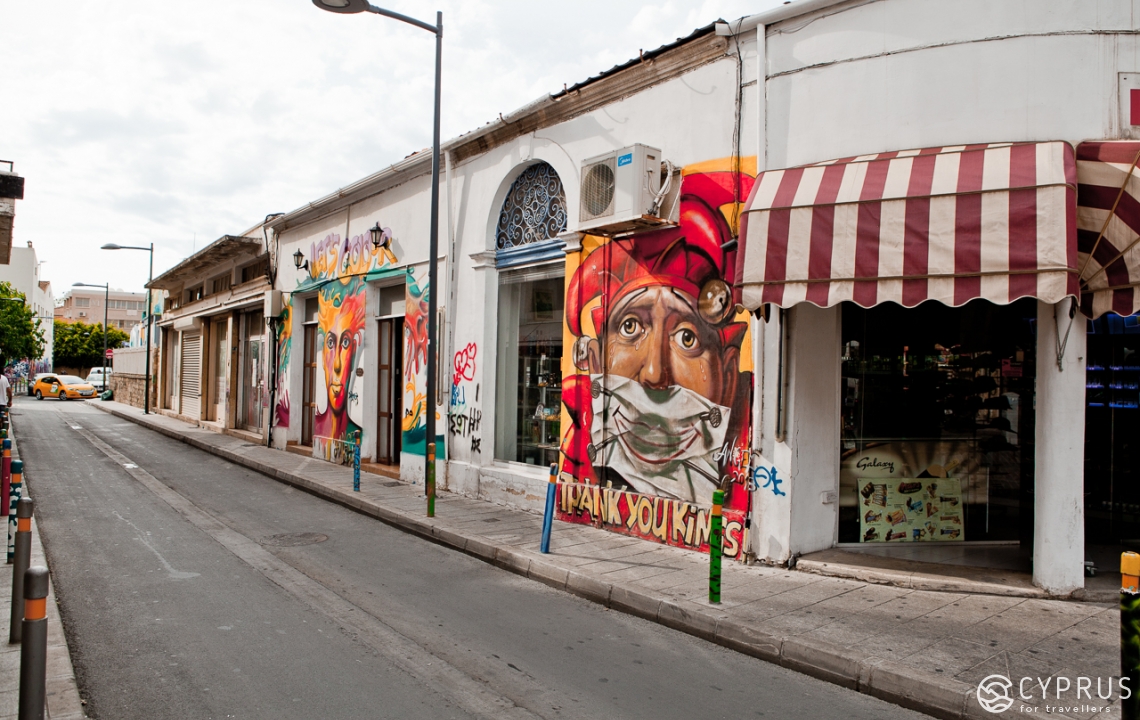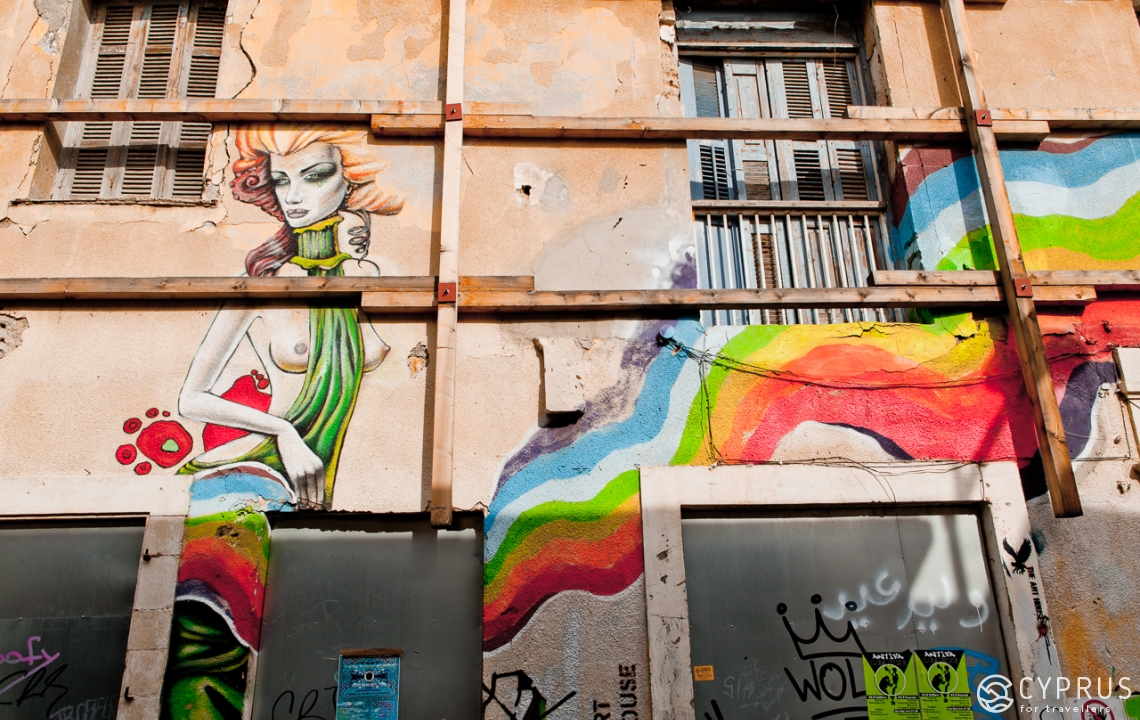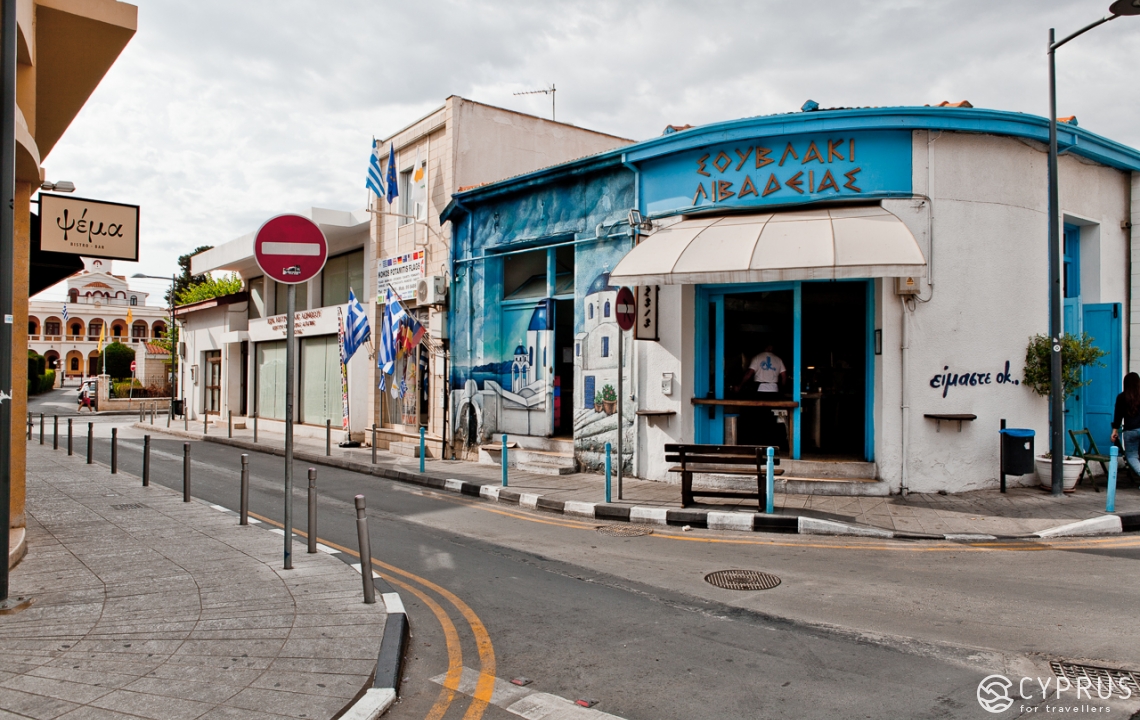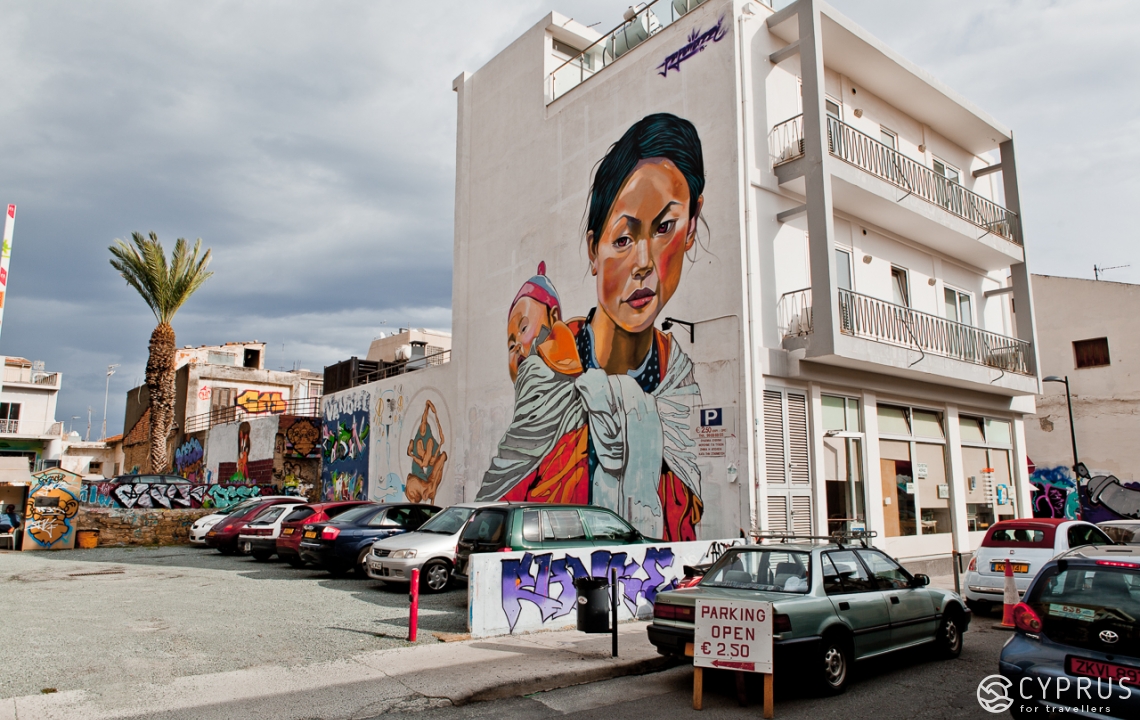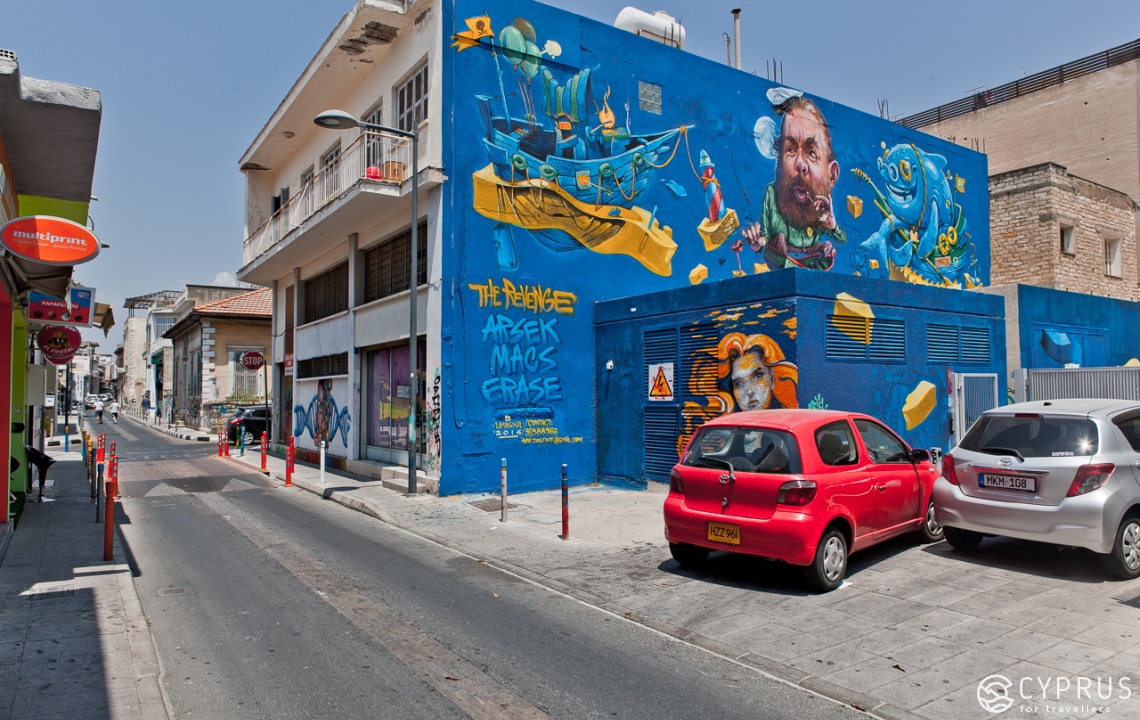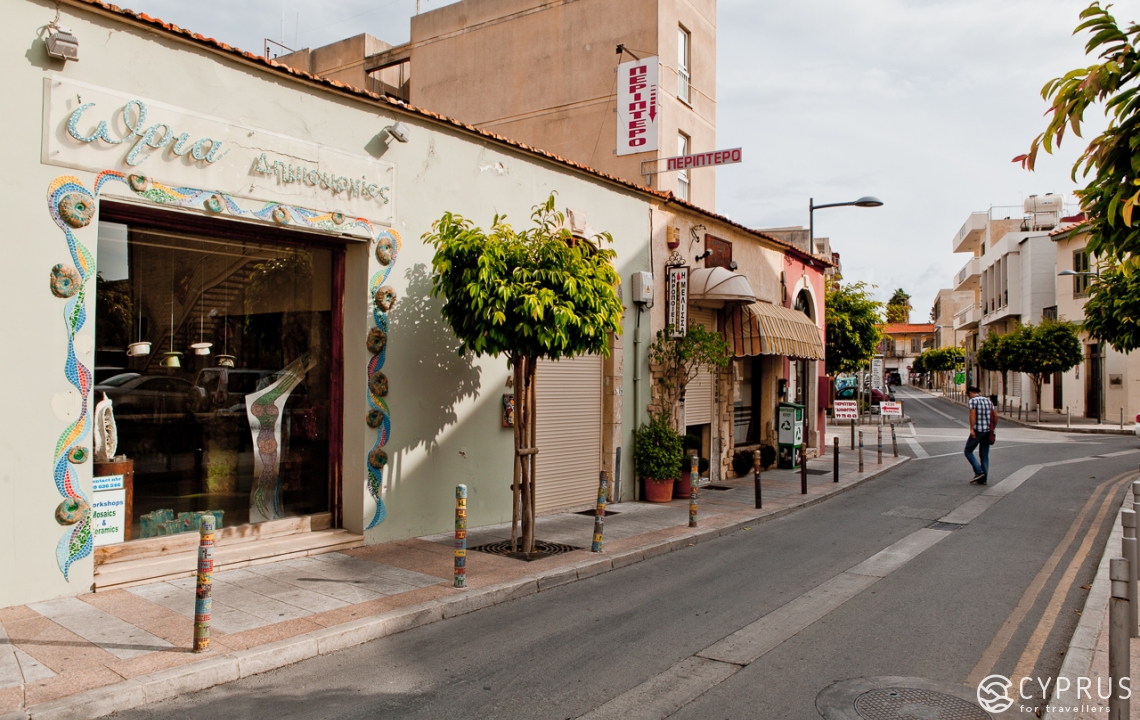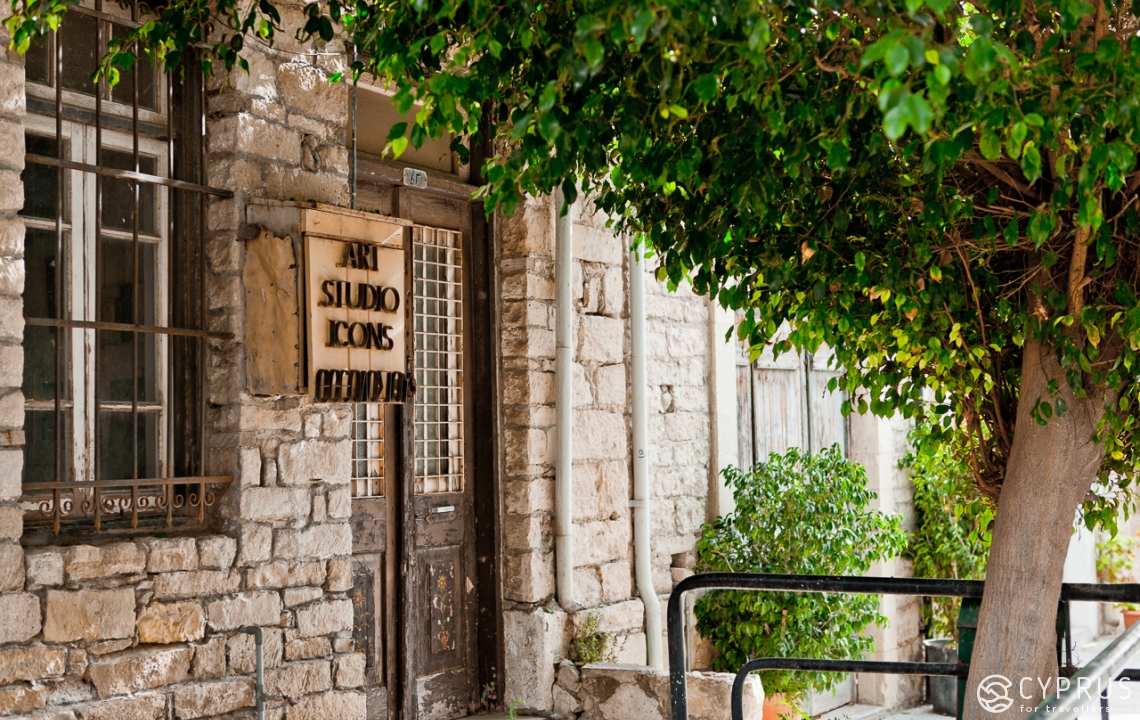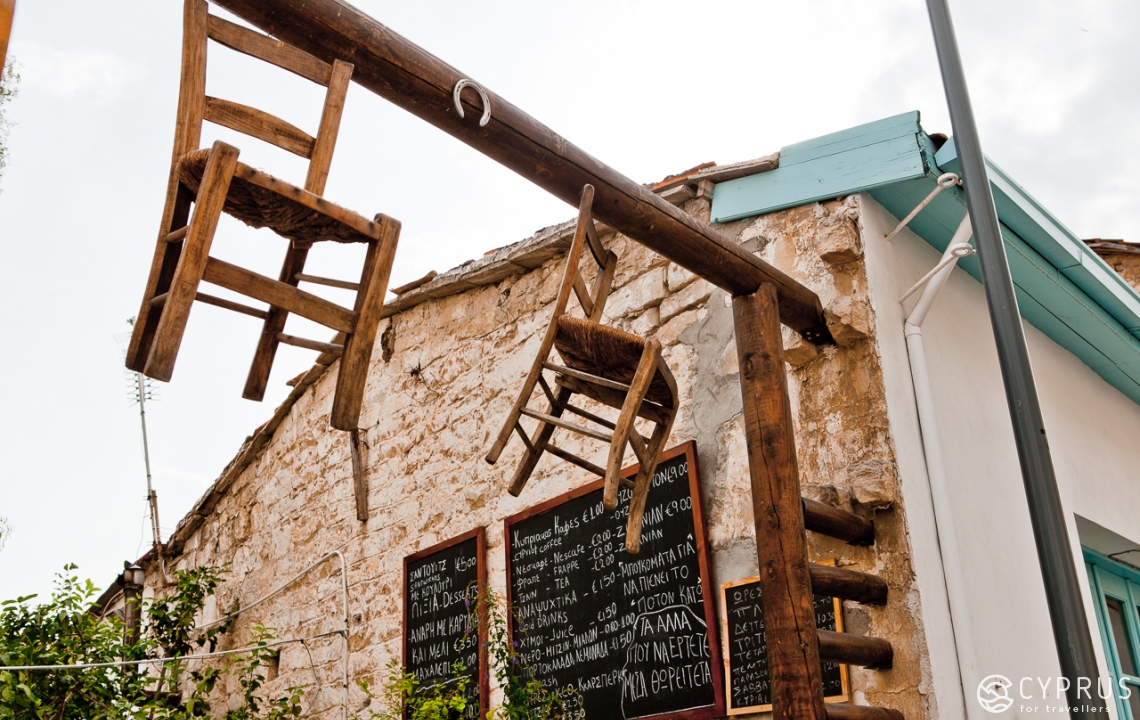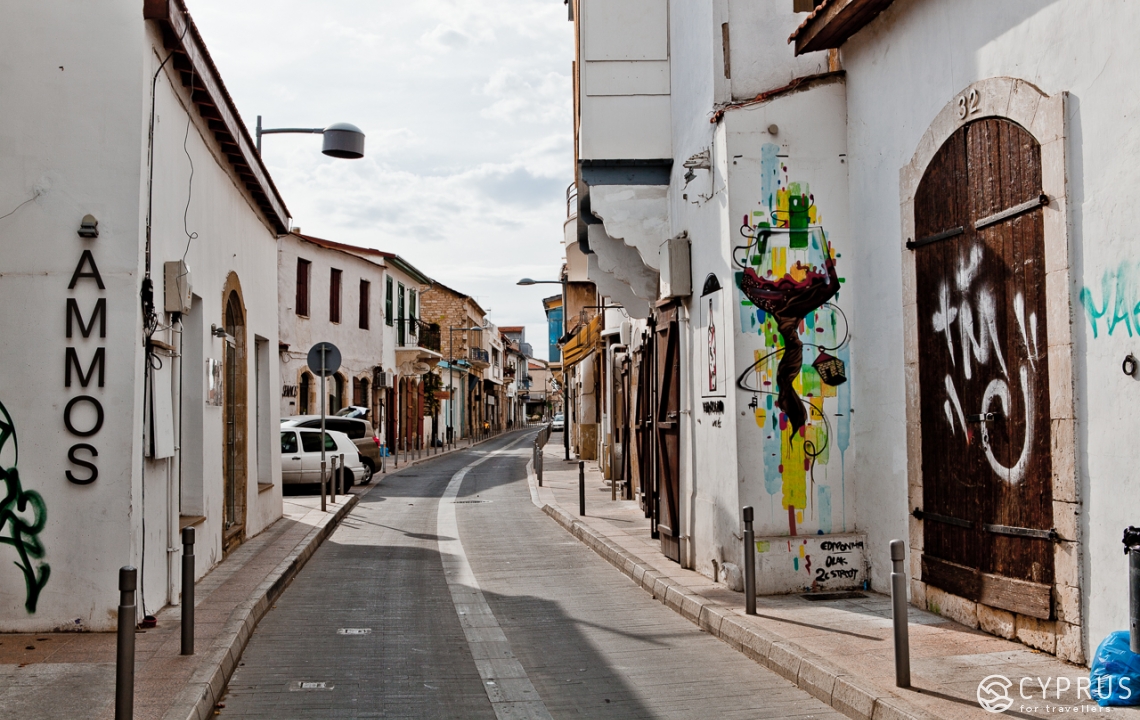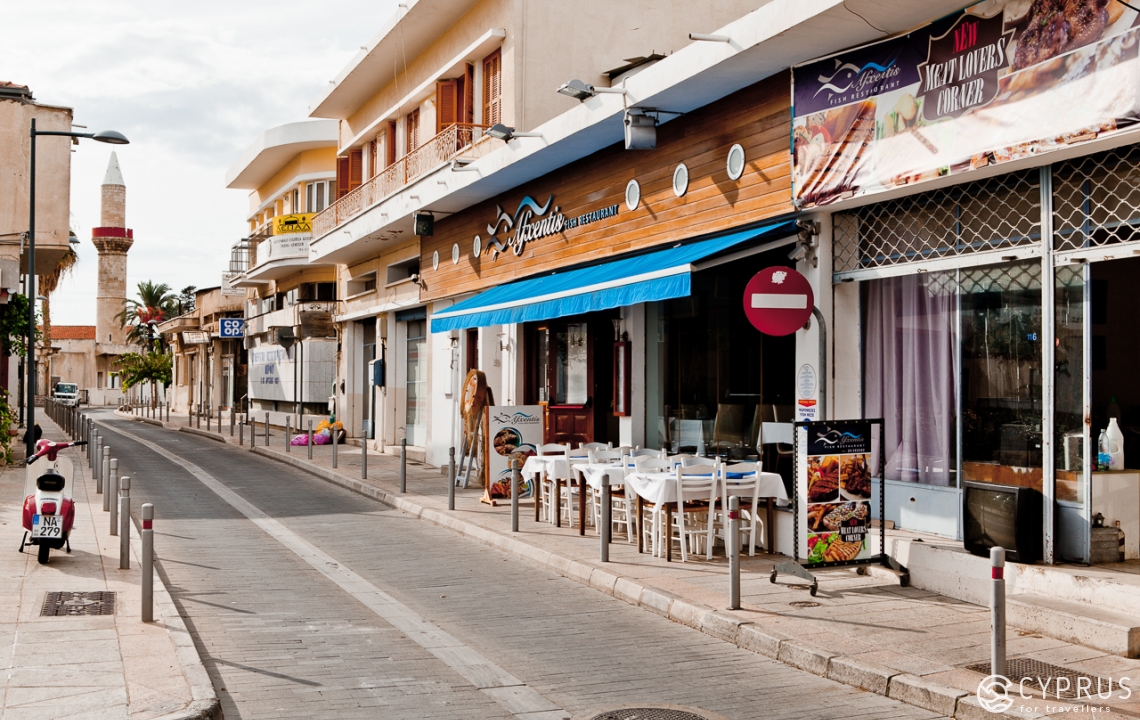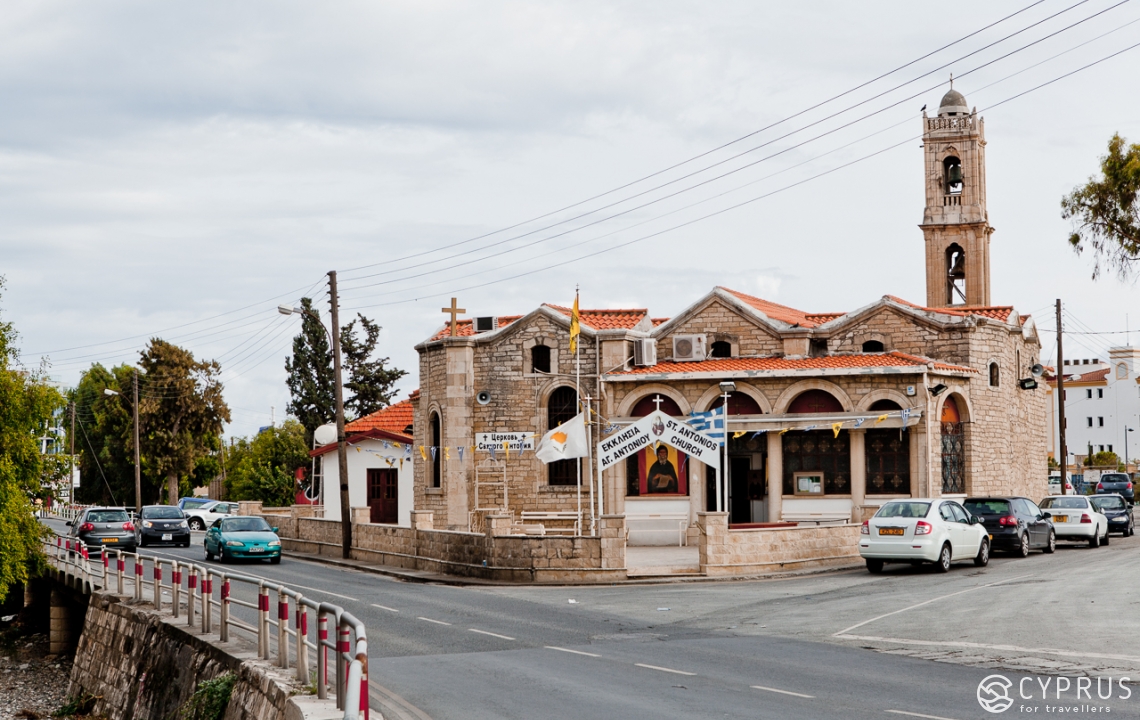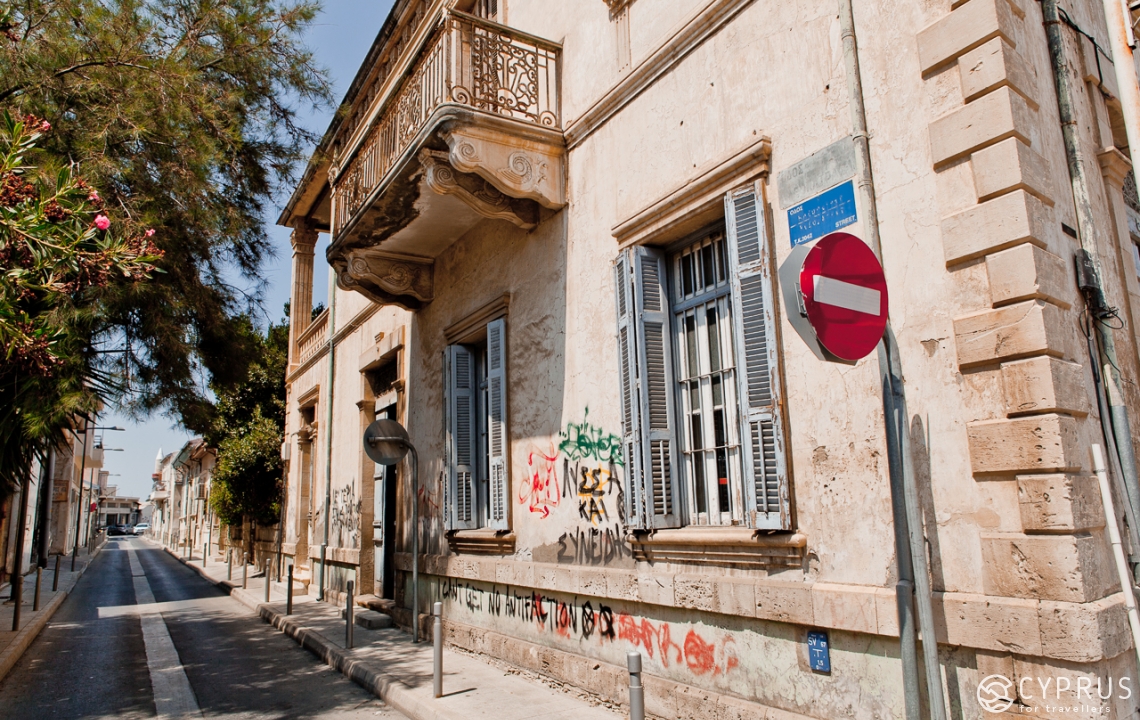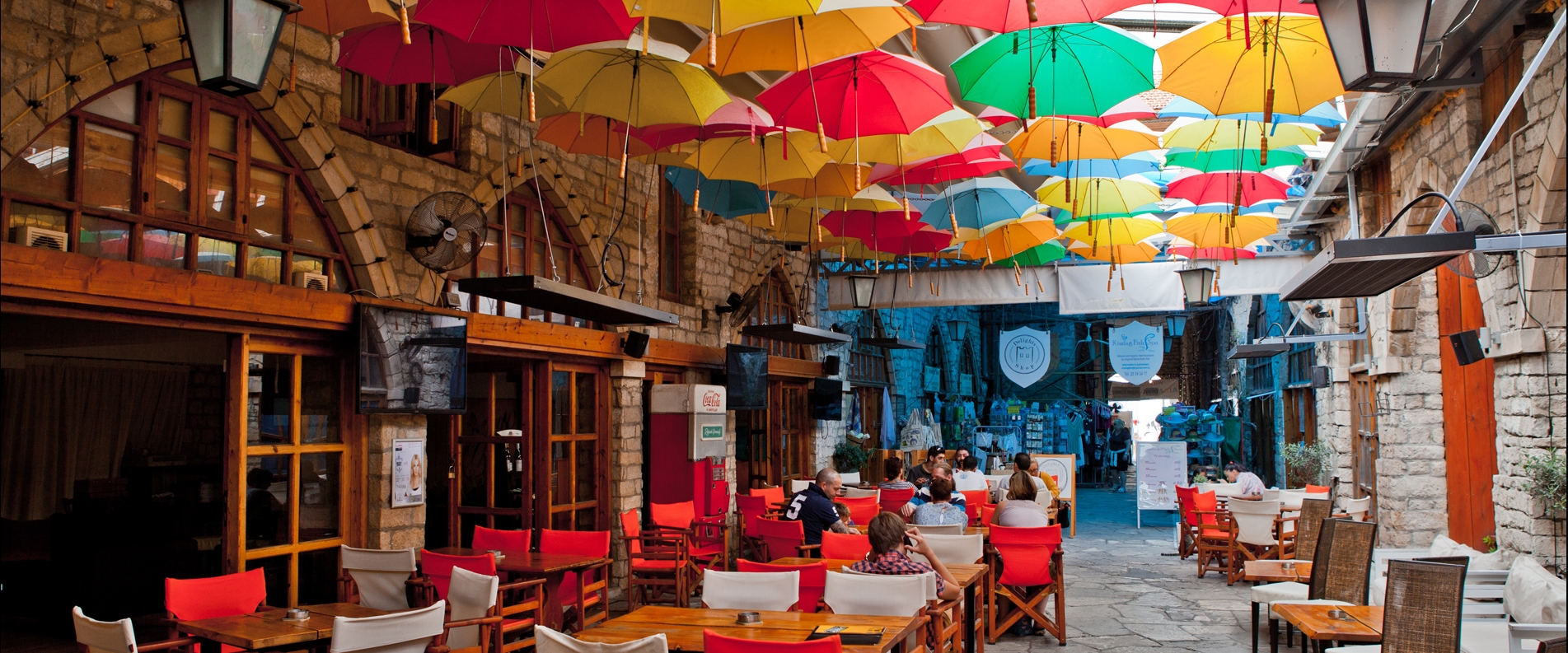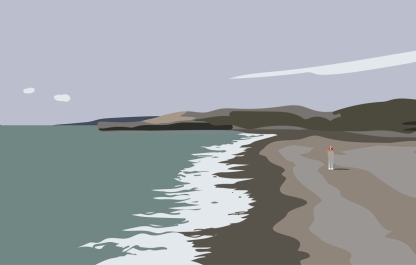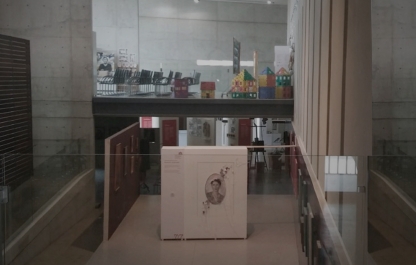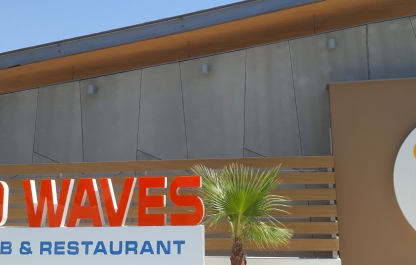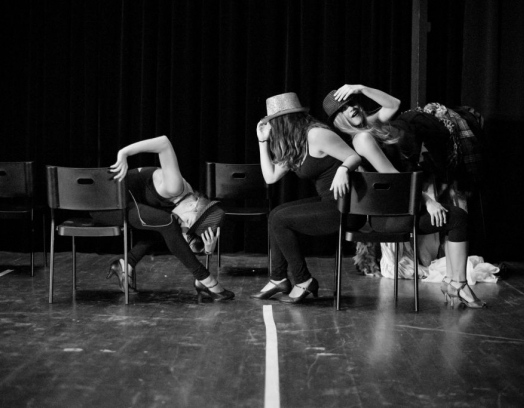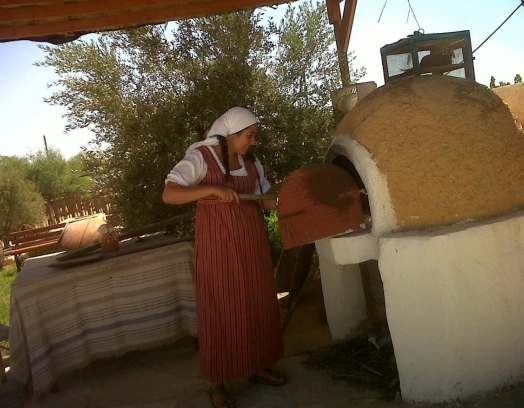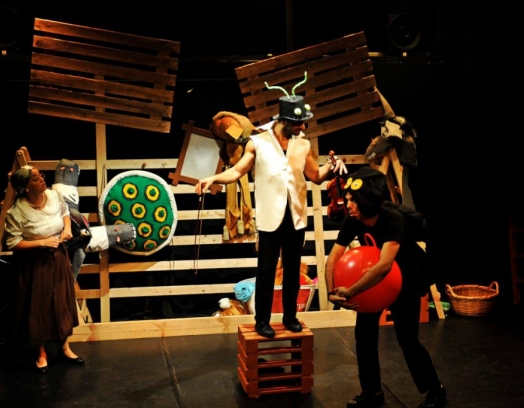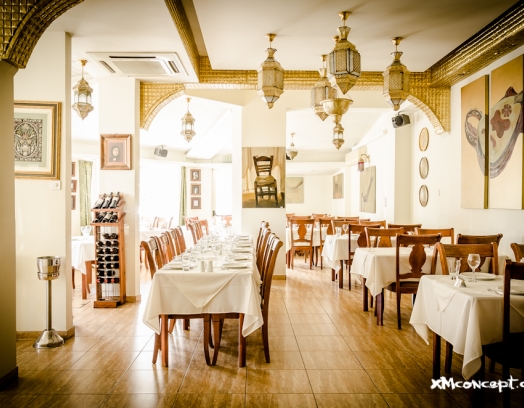One way to learn more about a city where you live or travel to for an all-inclusive vacation is to go on a short journey exploring its most significant attractions. Join us on our walk and then come up with your own routes to explore Limassol and widen your horizons.
Most tourists think of Limassol as the symbol of Cyprus. It is probably the island’s most fun city with many festivals, hotels, entertainment centers, waterparks and a string of public beaches.
Our route for today will include:
Old Port— Old Town Tourist Center — Old Fortress — Carob Mill — Graffiti Street— Museum of Folk Art — Promenade Sculpture Park — Marina — Museum of Theater — Botanical Garden
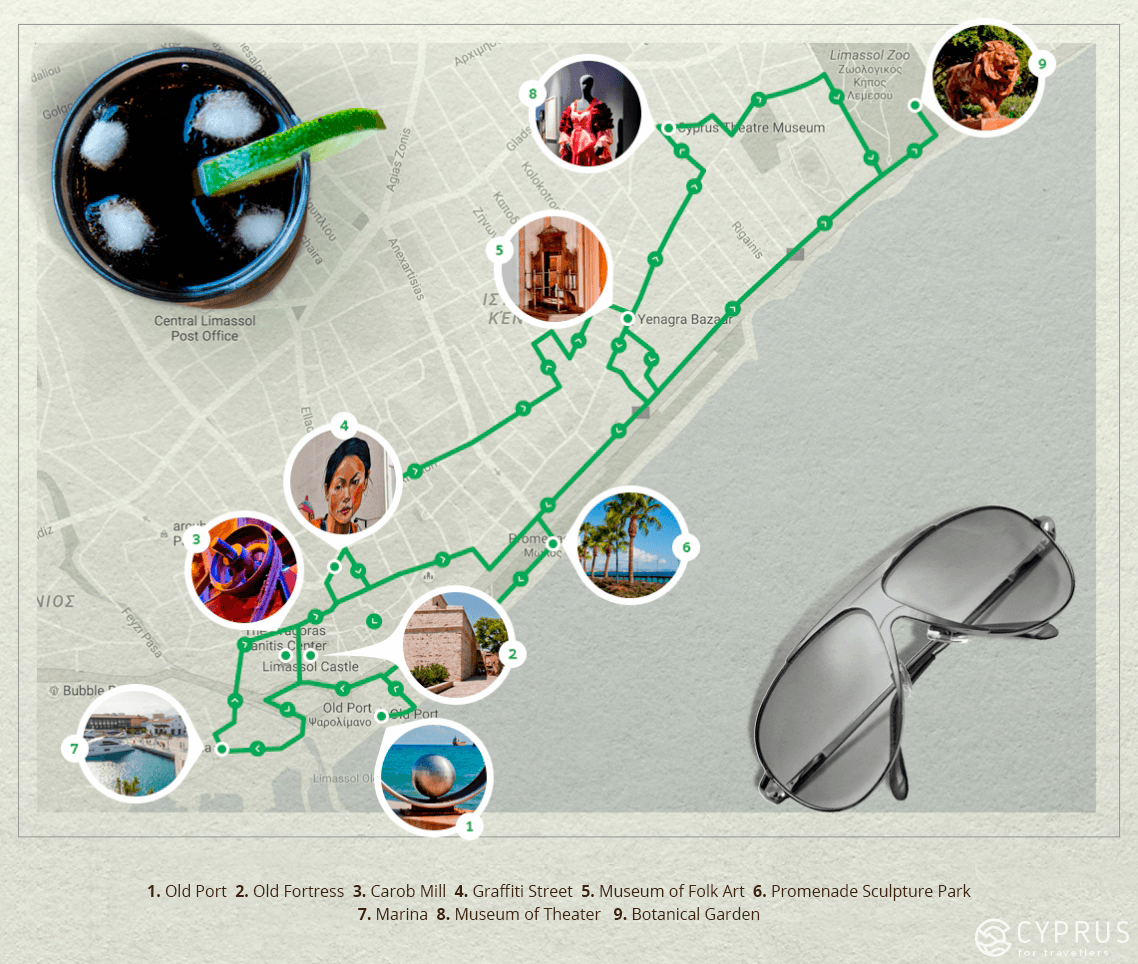
The most popular spot to begin your historic tour of the city is the Old Port. The port used to receive many large and small cargo ships and was once one of the city’s busiest locations. The pier was built in 1880 and is the oldest example of Limassol’s urban construction. Now it is part of Limassol’s reconstruction plan. It is also a frequent location for wedding ceremonies.
You can get to the port by taking an intercity or tourist bus from Nicosia, Paphos or Larnaca. You can also drive here by car. Nearby is the Cyprus Walk of Fame (founded in 2014), where you will find the first «stars» embedded in the sidewalk.
Limassol’s historic district (around Eleftherias, Irinis and Cleopatras streets) comes to life in the evening. The area is known for its cafes and bars playing live music and streets crowded with people. The souvenir shops, kiosks and the numerous repair shops open during the day. It’s nice to look at the ancient buildings, which have undergone restoration (at least of their façade). Before the island was divided, this neighborhood used to be populated by Turkish Cypriots (just like the Old Town in Larnaca). Some of the street signs serve as a reminder of this fact: Berber Mekhmet, Izmir, Feizi Pasha, etc.
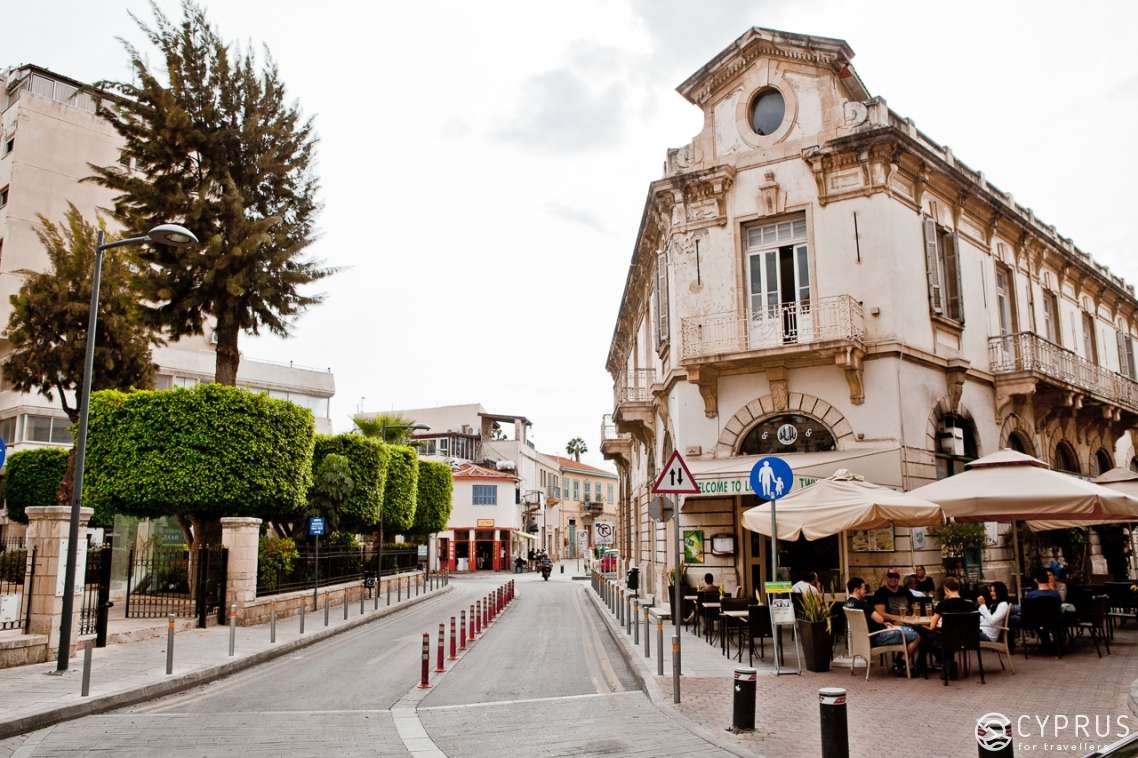
They say that once the area undergoes complete reconstruction, it will become a hotspot for contemporary artists — a place for people to meet, hold discussions and organize events.
When you leave Eleftherias Street behind, walk towards Irinis Street and then cross Agiou Andreou — the longest street in this neighborhood. Then walk down Richard & Berengaria Street, approaching the Limassol Castle. On your way there you will notice the many cafes and taverns hiding under an awning from the blazing sun. You can always take a break and stop for lunch at one of these eating joints: a cold beverage will cost you around 2-4 euros and you can expect to pay around 9-11 euros for lunch (we will talk about that in greater detail later).
The Castle houses the Cyprus Medieval Museum. The fortress dates back to the Byzantine period. However, in 1373 it suffered greatly at the hands of Genoans and had to be restored in the 15th century in order to withstand attacks from the Egyptian Mamluks. Then the Venetians decided to completely destroy the castle and the Turks subsequently rebuilt it from scratch, «astutely» adding numerous cells for future prisoners, which were also in high demand with the arrival of the British (until 1950). Later on the castle was ceded to the Department of Antiquities and transformed into a museum. The castle is solid, but not very tall. At the top of one of its walls there is an inscription in Arabic and someone’s initials reading «VR» inscribed on the portal and entrance into the museum.
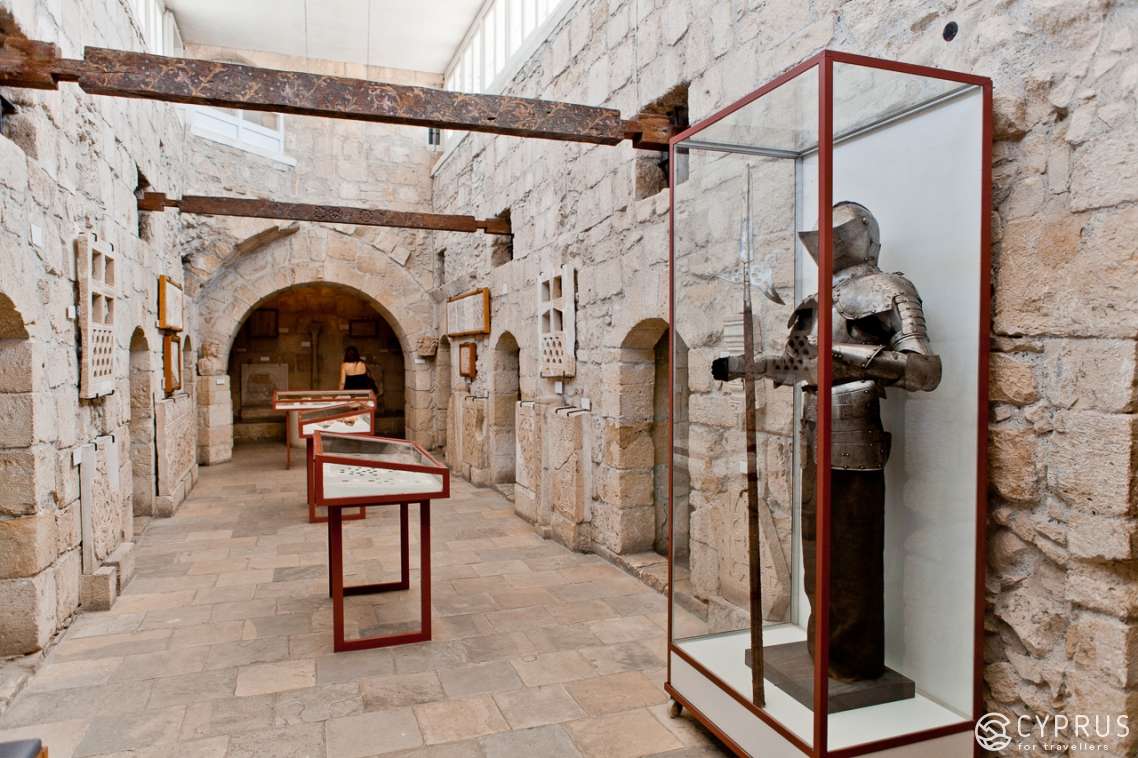
An exhibition displaying artifacts found by archeologists (e.g. ceramics, ancient millstones, fragments of columns, etc.) is located in the space surrounding the castle. The exhibition also includes a model of an ancient oil press (circa 7th-9th centuries).
The castle is one of the main sightseeing attractions in Limassol. It is also known as a past location of an early Christian basilica (circa 6th-8th centuries), where King Richard the Lionheart married Berengaria of Navarre, the daughter the king of Castile, on May 12th, 1191.
As you enter the castle, you are immediately immersed in the gloomy atmosphere of the Middle Ages. You can choose among the many staircases leading to the different galleries in the castle. Those who decide to walk to the top of the building will enjoy a view of the coast of Limassol and the Old Town.
Entrance: 4,5 euros (children – half-price)
Telephone: +357 25305419, +357 25305157
Working hours: Monday-Saturday 09:00 – 17:00; Sunday 10:00 – 13:00
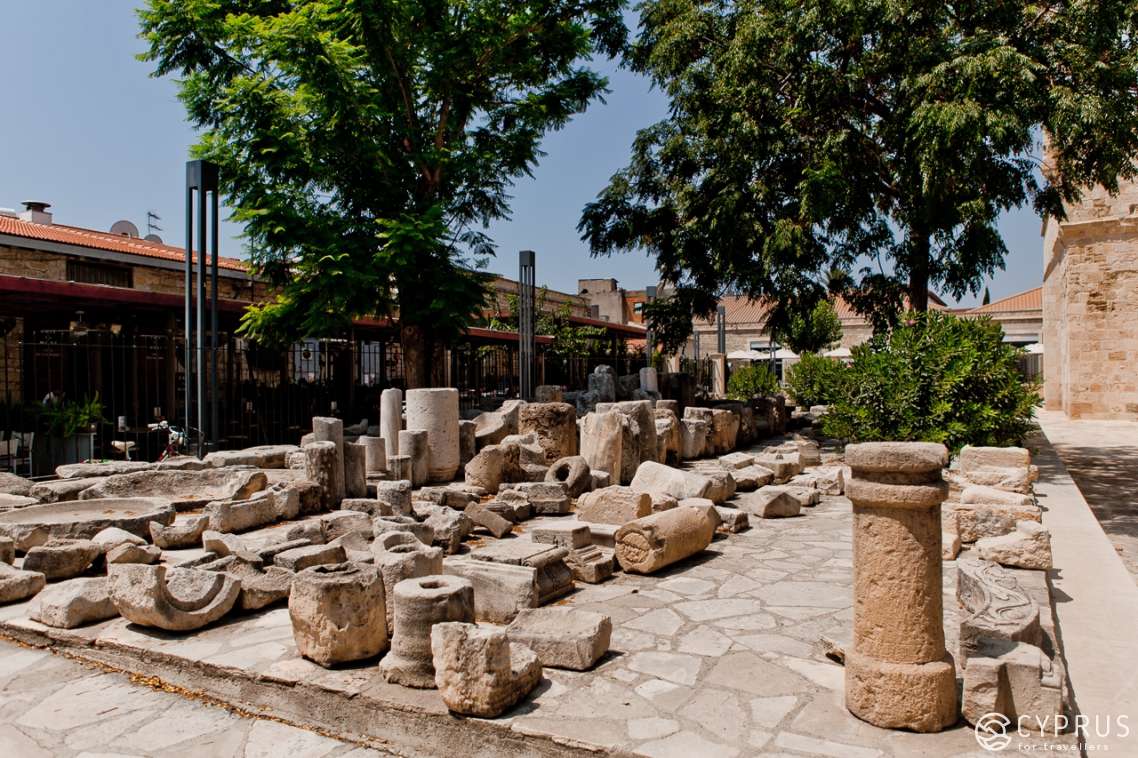
If we walk around the castle, we will end up inside the Lanitis Carob Mill Complex (Vasilissis Street). In 2002 the carob mill factory was transformed into an exhibition space and a venue for different social events.
Carob is a highly valued tree in Cyprus. Locals call it «black gold». The Carob Mill Museum displays the technology and tools used to process its pods and explores the role of this tree in the island’s economy.
FYI: Carob has been cultivated for many centuries in the Mediterranean and its seeds were once used to measure weight (we have all heard of the word «carat», which comes from the Greek word «keration», whose weight is constant and measures 0.2 grams). The resulting powder — carob — is used as a coffee substitute. It can also be transformed into syrup (also used as medicine), or used in baking and as an ingredient in soujoukos — traditional Cypriot sweets
The lower and upper levels of the former factory (which you can explore by taking the staircase) contain old British equipment by John Wilder Ridding, such as conveyor belts used to clean and process the plant, weight scales and others. Original drawings and descriptions on the walls talk about the way things worked before mechanization.
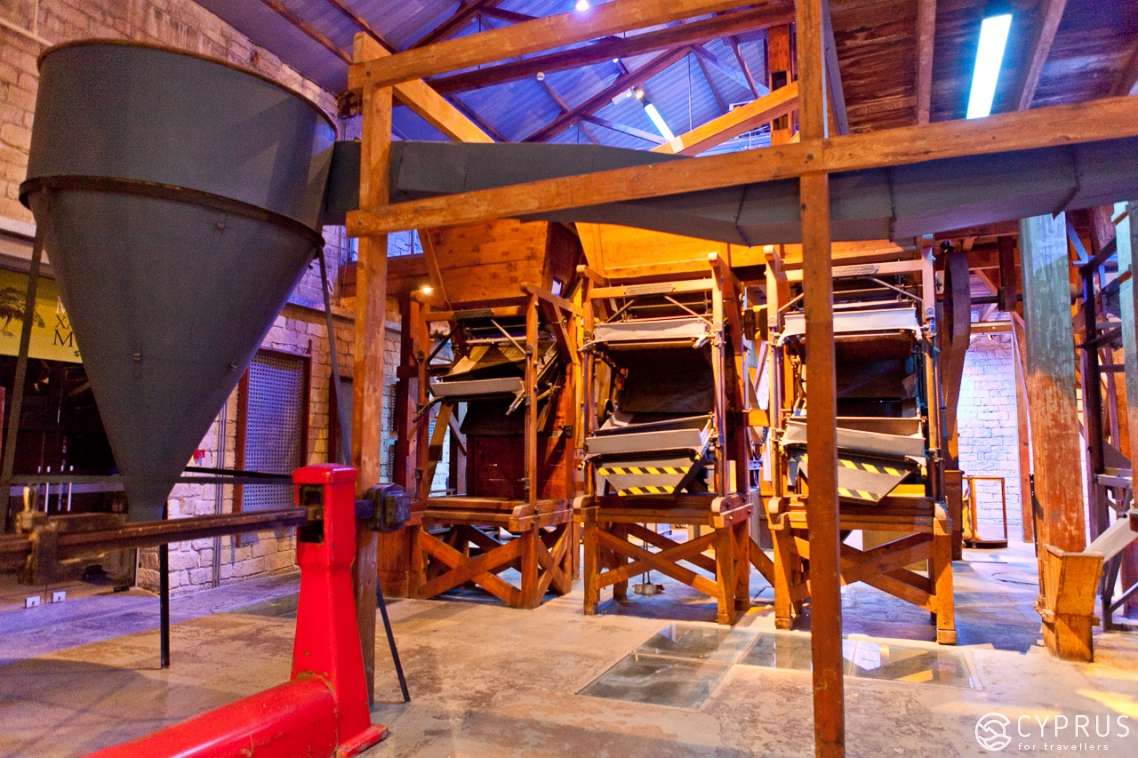
The complex also houses a number of restaurants, such as Epsilon Resto Bar, Artima Bistro, Karatello Restaurant and Draught Microbrewery and is open even at night.
You can find more information about Carob Mill by visiting its website: www.carobmill-restaurants.com or reading this.
Thanks to the tree’s incredible properties, Carob Mill is definitely a source of pride for the Cypriots.
You can purchase products containing carob pretty much everywhere — almost all of the supermarkets, kiosks and souvenir shops carry something with carob in it. Prices will vary depending on the area.
When you walk towards the carob factory, you will pass an open fragment of an archeological site, which contains the remains of a medieval building (circa 13th-14th centuries). Scientists say that the building’s drainage system is a reflection of its significance and its owners’ high social status.
Not too far from the factory is another popular spot — Juego Café (Agiou Antreou 4). Located on a little hideaway alley, Juego can be spotted from far away thanks to the colorful umbrellas that hang over the tables and the pleasant music playing inside the café. A meal here should cost you around 12-15 euros.
The Old Town has many beautiful streets. And thanks to the many outside shops selling Greek tunics, colorful scarves, jewelry and other knickknacks, the streets also resemble a Middle Eastern market (don’t forget that we are located in the center of the Turkish Quarter).
We have now reached the Grand Mosque (Cami Kebir), which was erected on the site of an ancient Christian church. If you walk around the mosque, you will see a space where Muslims perform wudu. Keep walking down Zig Zag Street until you reach Agios Andreas Street.
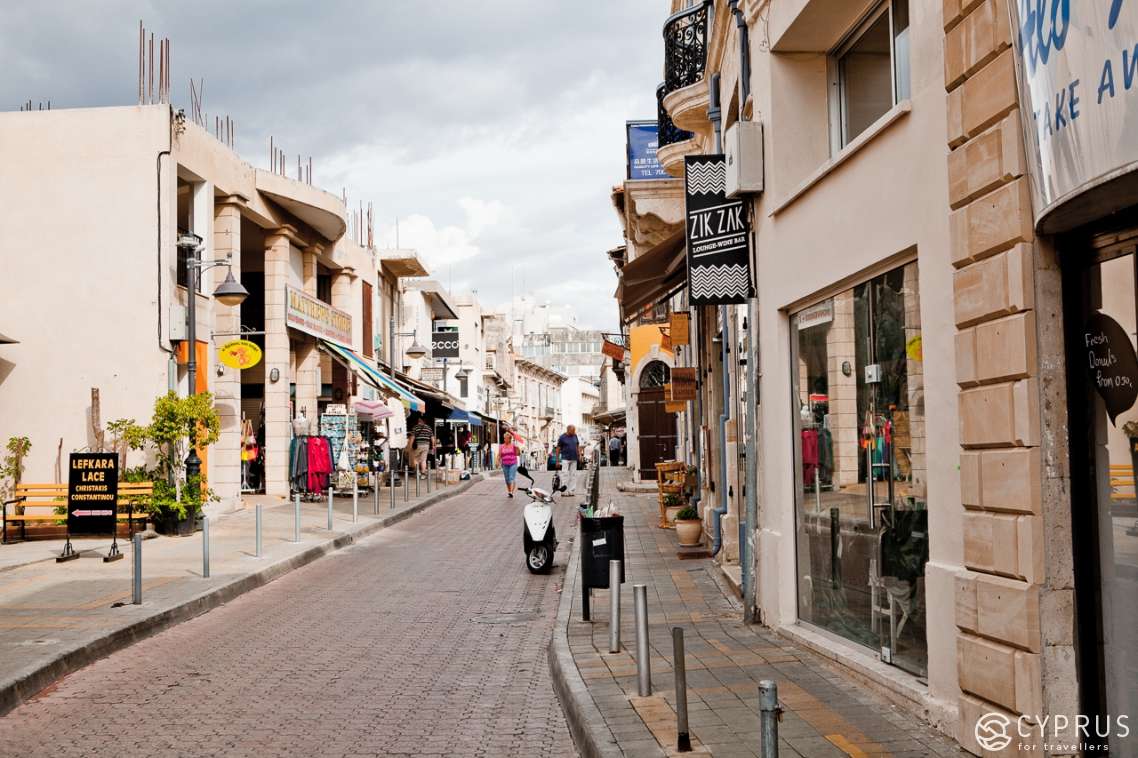
We are now heading towards Graffiti — a designated street, where graffiti artists are allowed to freely express their talents and participate in annual festivals by covering concrete walls with their art.
Some of this art includes images of such iconic pop culture symbols like Whoopi Goldberg, Marilyn Monroe and Sponge Bob. Approximately 10 years ago the city launched «Street Life Festival» — an event that encourages graffiti artists to create both «monumental» as well as «small-scale» works. Last year the festival took place on May 7th and drew together more than 10,000 people. Graffiti, a crafts exhibition, music and dancing turned the event into a wonderful street celebration.
Contact information:
Telephone: +357 25353573,
Email: giftsandgadgets@cytanet.com.cy
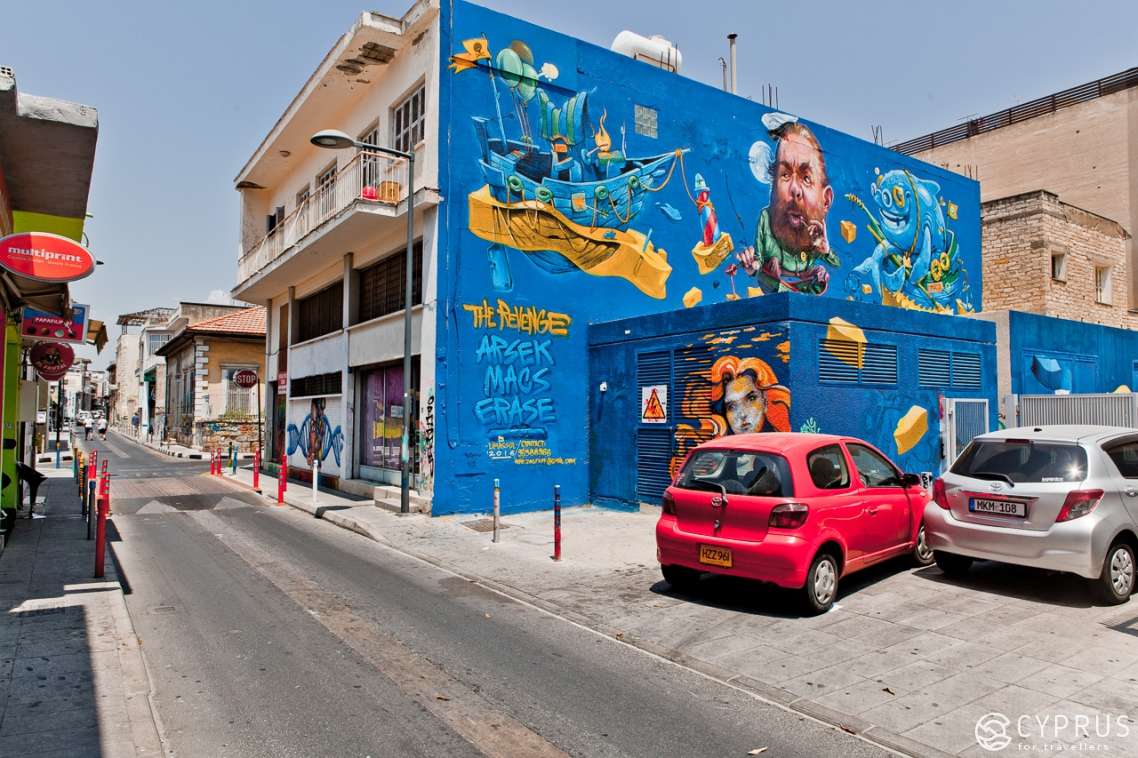
We keep walking down Kitiou Kyprianou Street towards the sea and pass what locals call «Italian» houses — three or four story buildings with tall windows, stucco and long balconies. Once we reach Agios Marinos, we will see a grand Byzantine-style cathedral made of white stone. This is the Ayia Napa Cathedral — one of the wealthiest churches with a fascinating history.
The church was built on the cusp of the 19th and 20th centuries and replaced the previous church (18th century). It is dedicated to the Virgin Mary and according to the legend, it was named after an icon of the Virgin, which was found in the valley (the word «napa» means «valley» in Latin). According to another source, the church received its name during the Frankish period.
We end up on the waterfront, next to a broad promenade that stretches for several kilometers: from the east of the old bay and to the south of Agios Andreas Street. The promenade is a great spot for bicycle rides and family walks. It is a popular location among both city residents and tourists and is often used for cultural events, concerts and other annual gatherings.
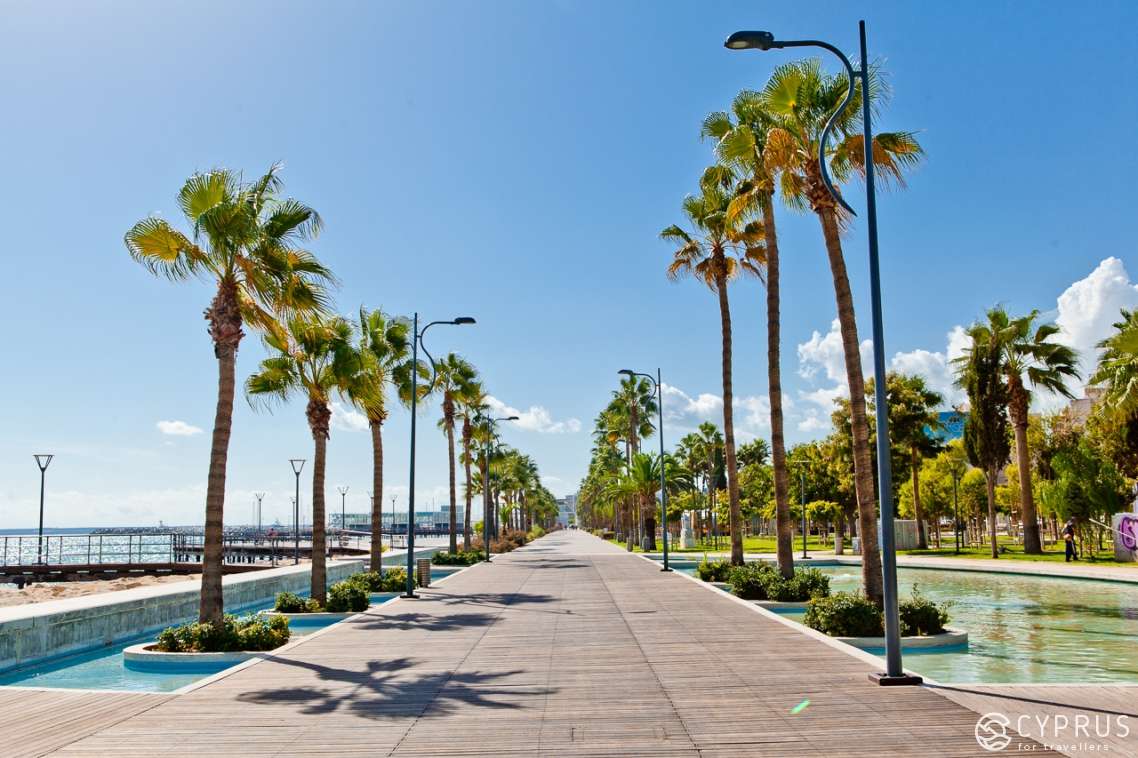
Everyday dozens of people walk down the embankment that displays 16 sculptures by 15 different artists from Cyprus, Greece, Israel, Germany and Egypt. The sculptures and art installations have become a natural part of the local landscape. Every summer during the course of three years (1999-2001) the area was used as an exhibition space, an art studio and a learning platformfor arts students. Passersby would witness a unique phenomenon — the birth of art: from the moment the building blocks and metal parts arrive at the scene and to the final touches of an artist’s hand.
There were no restrictions or guidelines: the artists were allowed to use different media to freely express their feelings and emotions in front of the public. The works on display are by Cypriot artists (Nikos Kurusis, Kiriyakos Kalis, Helen Black, Maria Kiprianos), Greek artists (Todoros Papaiannis, Iorgos Uliaras, Kiriakos Rokosa, Iorgosa Tzarasa, Manolis Tzombanakis, Costas Dikefalos, Christor Riganas), Vasilisa Vasili (Northern Epirus), Victor Bonato (Germany), Saadi Baat (Israel) and Akhmed El-Stoahi (Egypt).
New greenery, fountains and decorative water reservoirs were recently added to the park. There are also a number of new cafes to choose from, if you decide to grab lunch.
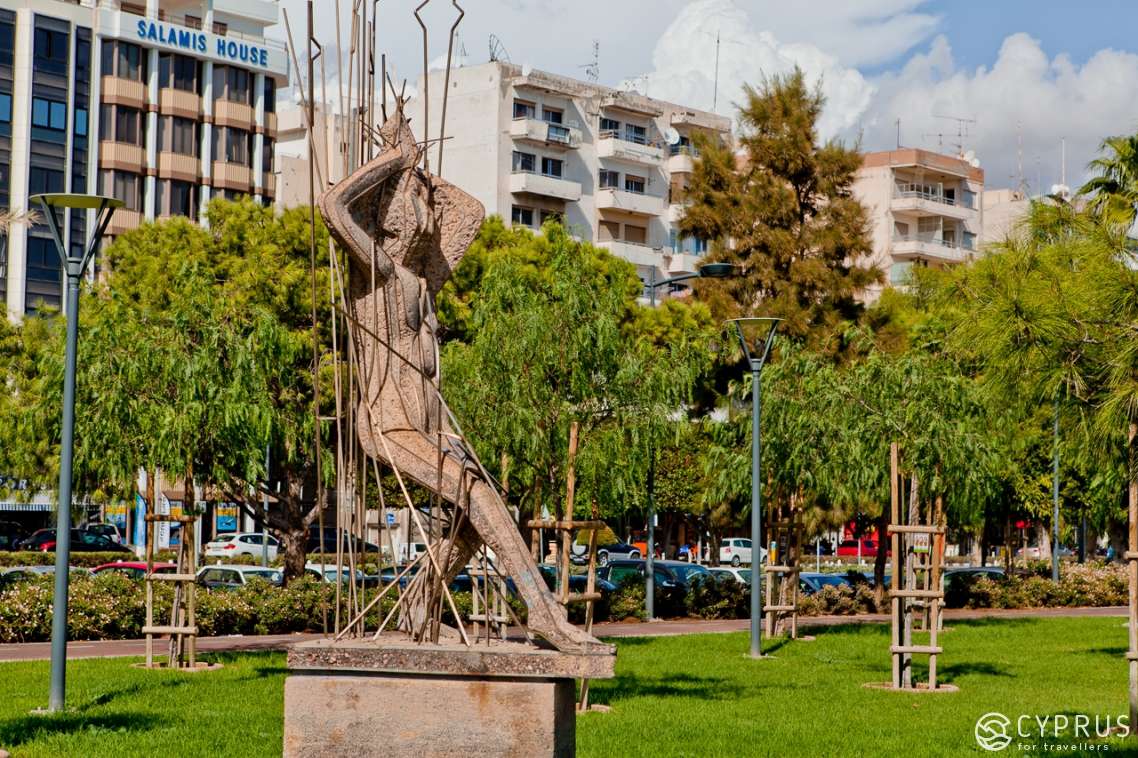
Once we leave the embankment, we head towards Agios Andreas Street in order to visit the Municipal Museum of Folk Art. The museum was founded in 1985 and is housed in a 19th century private house. One of the halls (to the left of the entrance) displays folk and urban costumes: embroidered vests (for men) and jackets (for women), looms and examples of striped and checkered homespun fabrics.
The rest of the halls are dedicated to different crafts: while lace making, «tornaretti» embroidery, head garments, tapestries and rose water vessels. One of the rooms in the house is a model of the owners’ bedroom, which includes an antique bed, wardrobe and a crib. Window cases display wedding wreaths and various lacework. One of the service rooms in the building houses rural tools and instruments, such as irons, sickles, bread molds, baskets and many others.
Among the 500 objects in the collection, the most valued item is a set of porcelain china dating back to the 18th century. The set includes 30 large dishes, decorated in Greek, European and Chinese styles.
The collection is constantly growing, as more items are donated by the city residents.
Please note that besides the names of the objects on display, there is practically no explanatory material. When you come here, you will be left to explore everything on your own and it is unlikely that you will be able to surmise anything about traditional life from the past. However, you will be able to closely study unique objects created by masters from the past and learn about the environment they lived in.
In 1988 the Museum received the «Europa Nostra» award for the reconstruction work performed on the building.
Adress: Agios Andreas Street, 253
Entrance fee: 2 euros
Working hours: Monday-Wednesday 8:30 – 13:30, 15:00 – 17:30 (June-September 16:00 – 18:30), Thursday 8:30 – 13:30
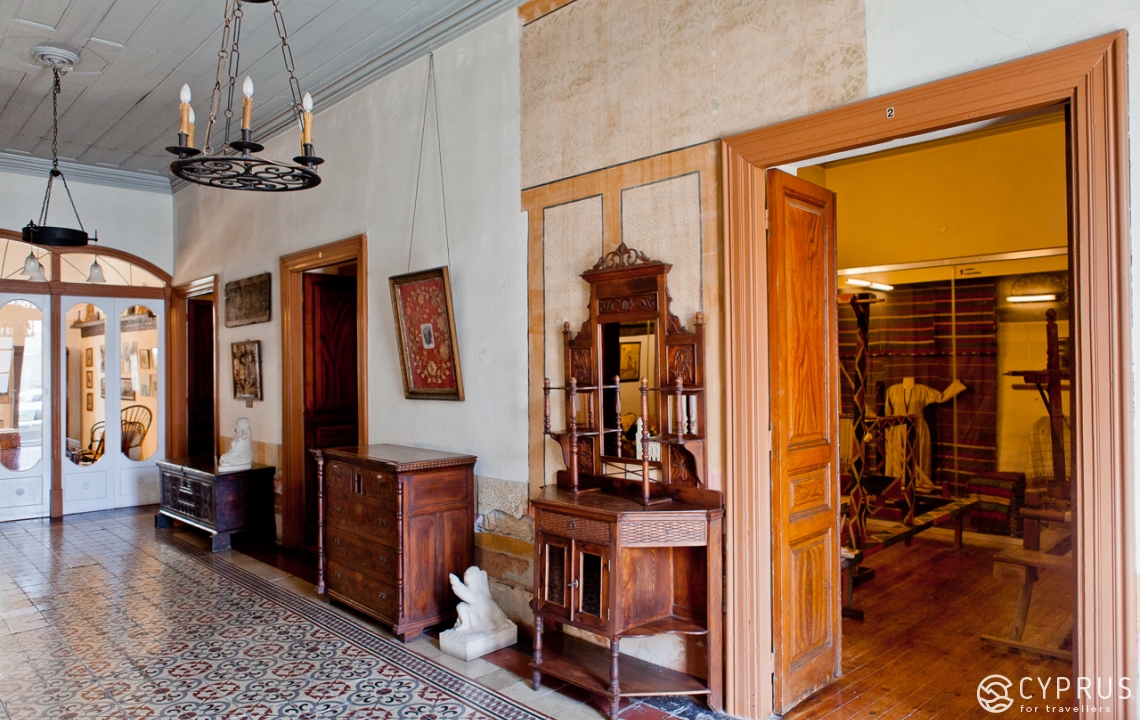
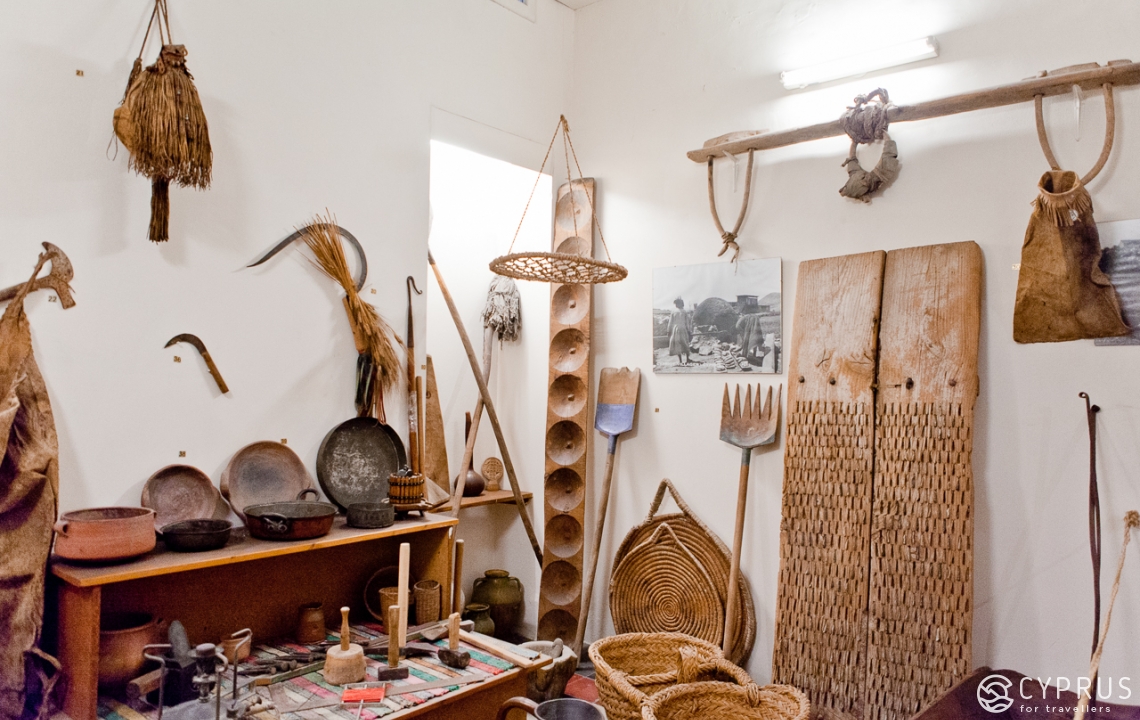
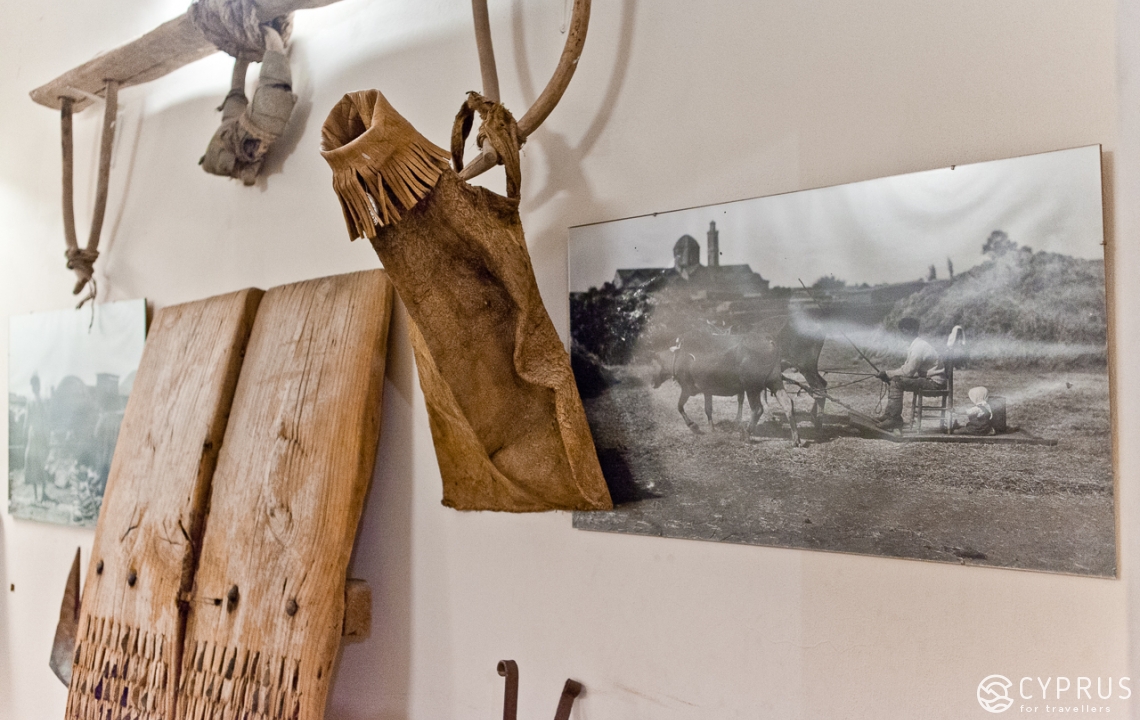
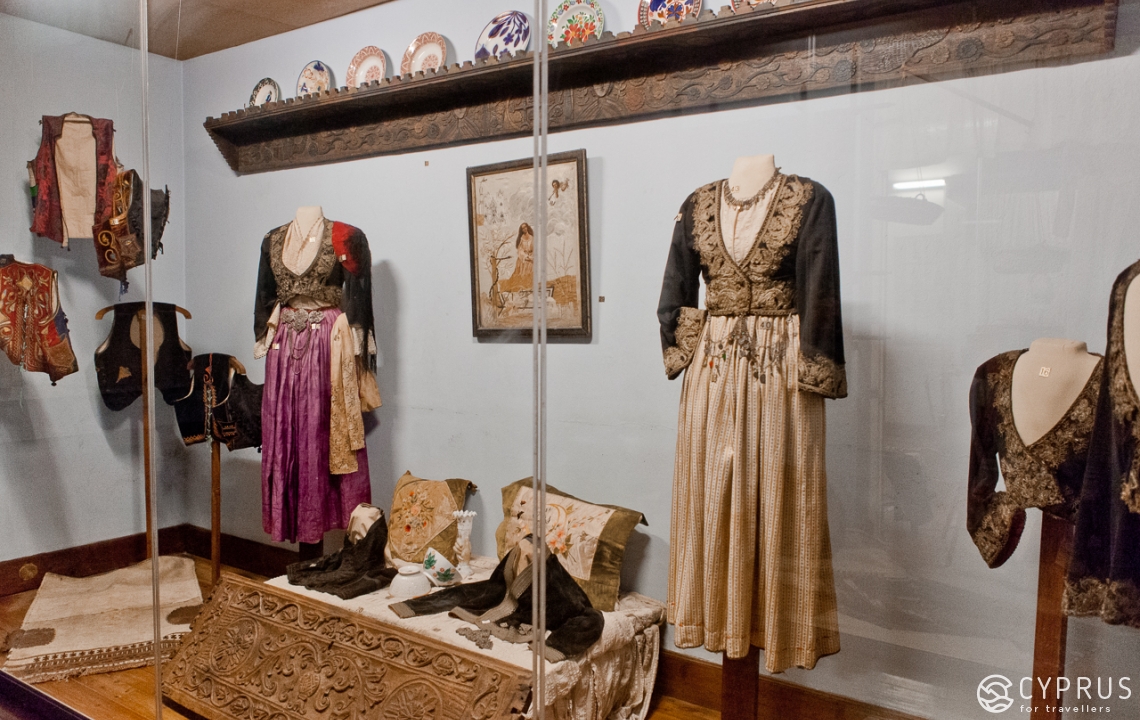
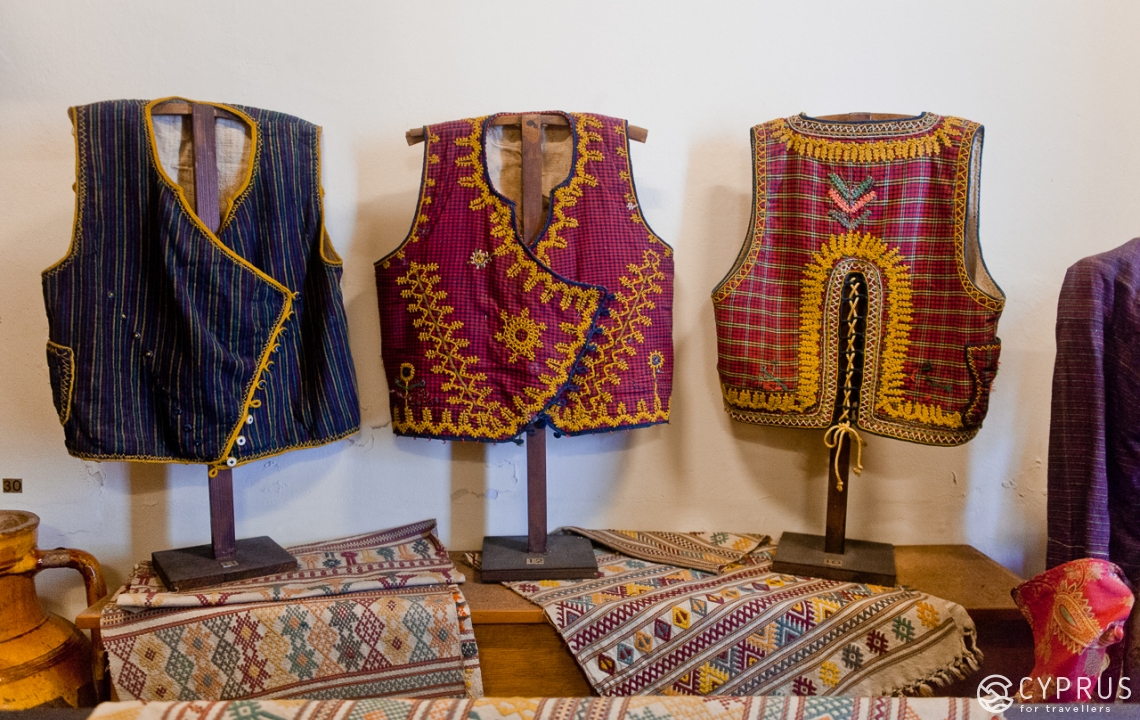
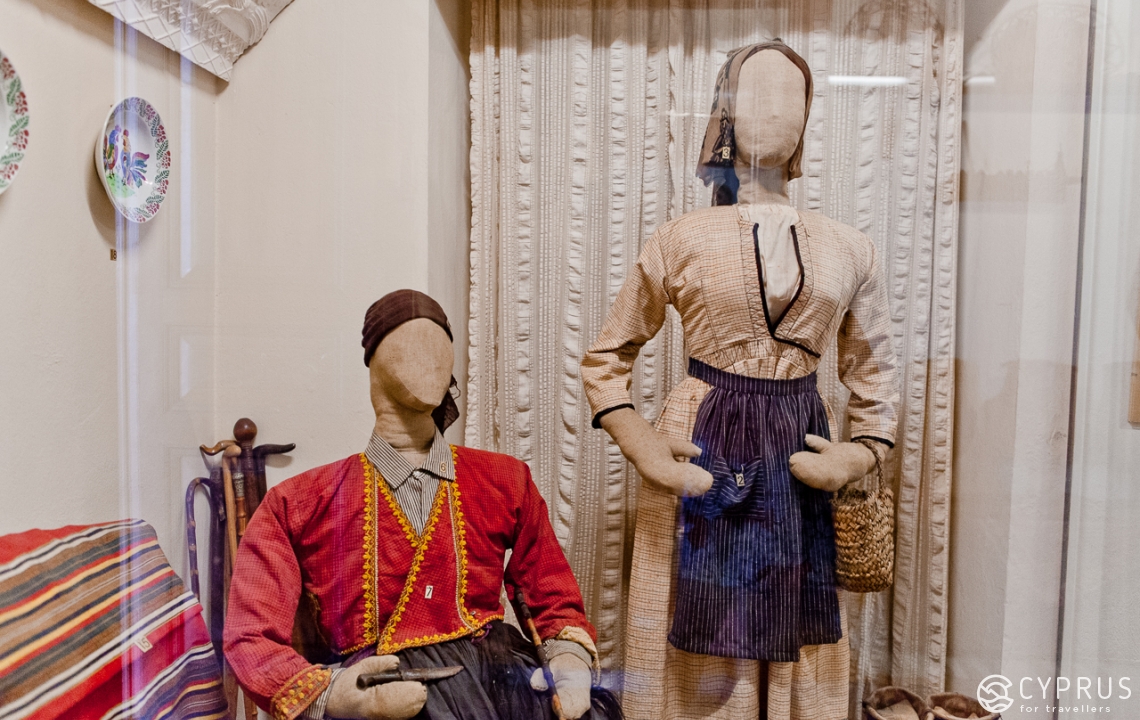
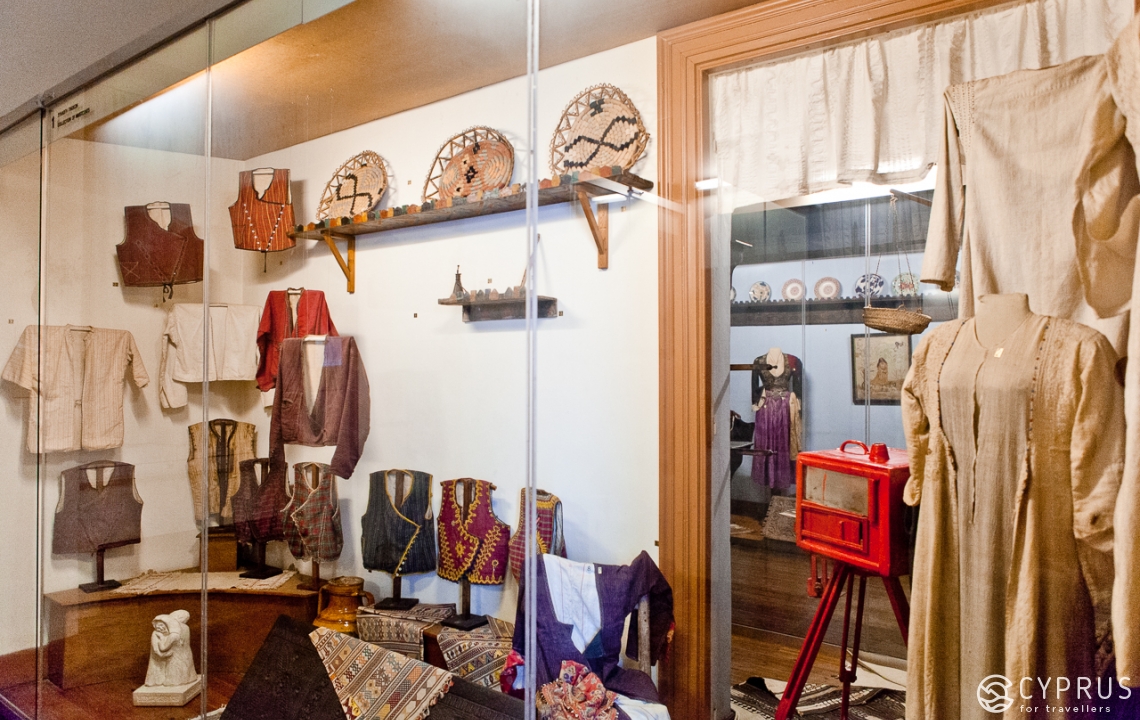
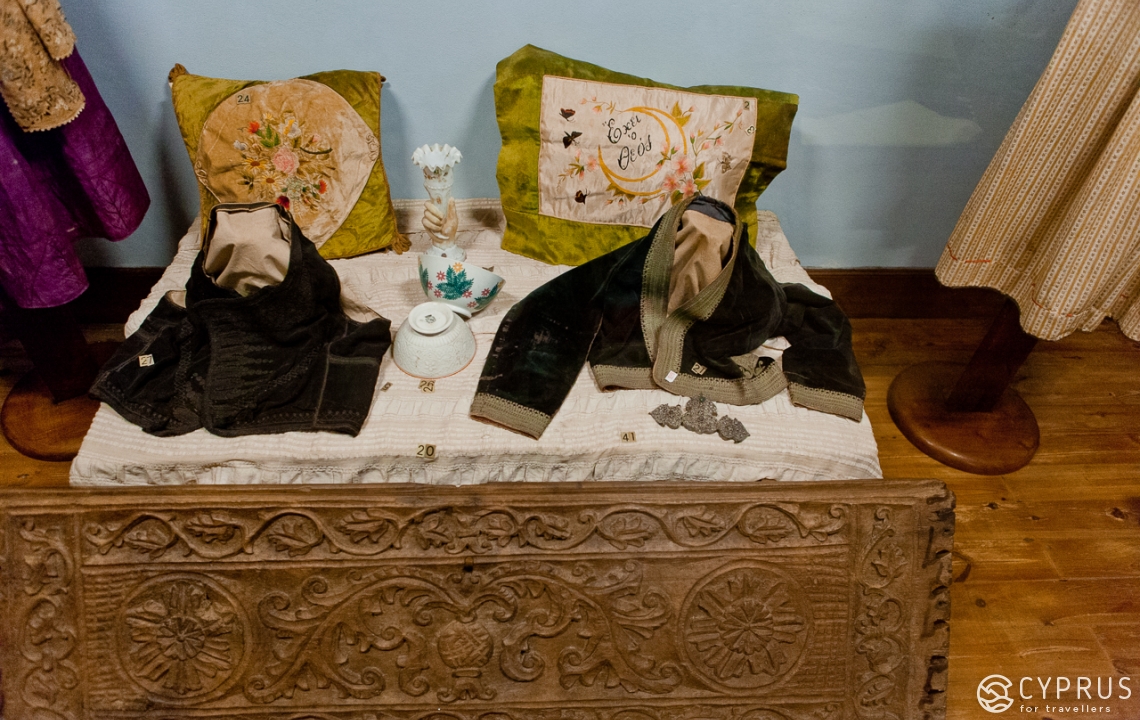
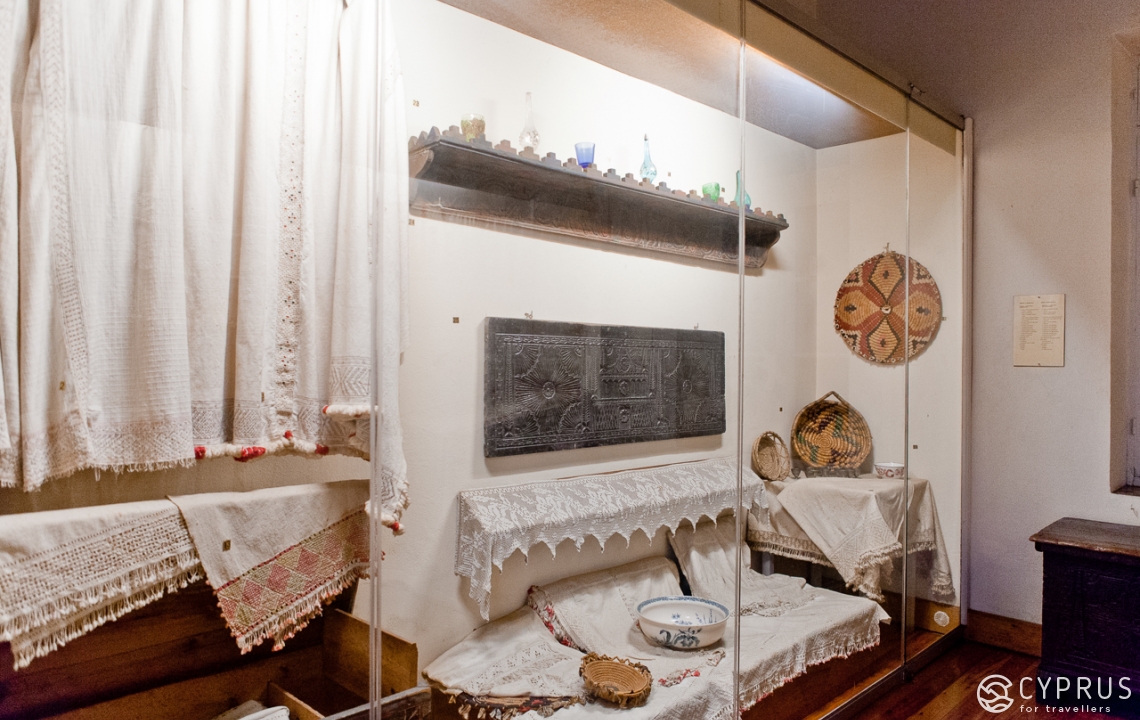
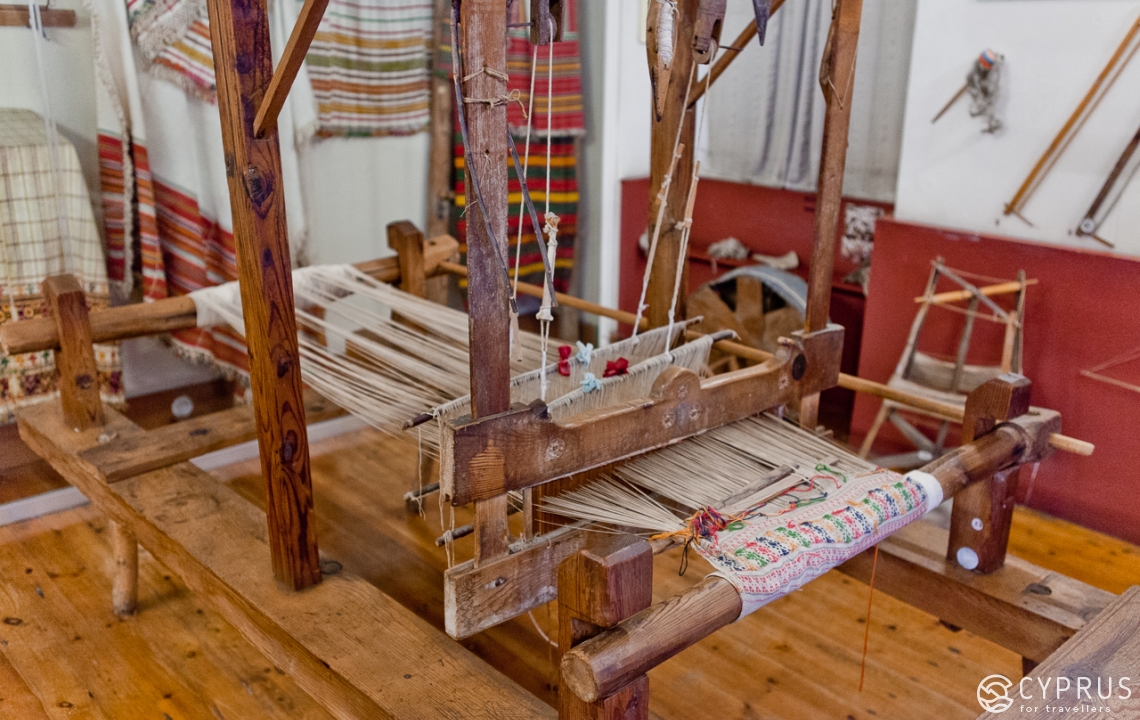
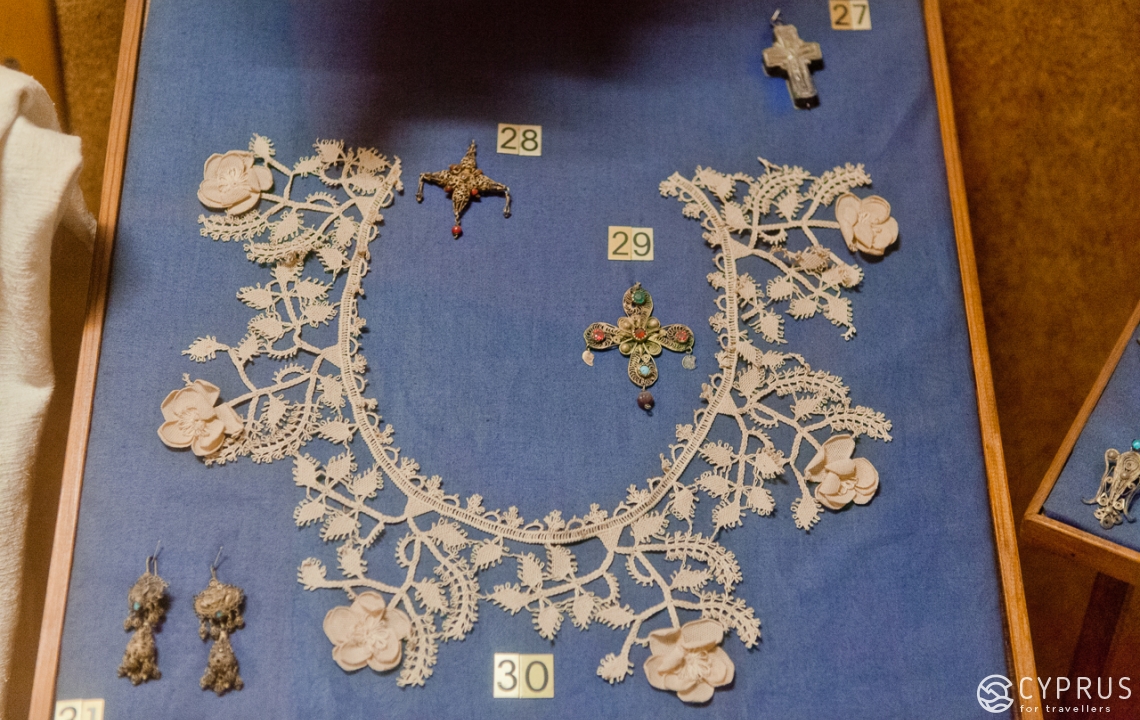
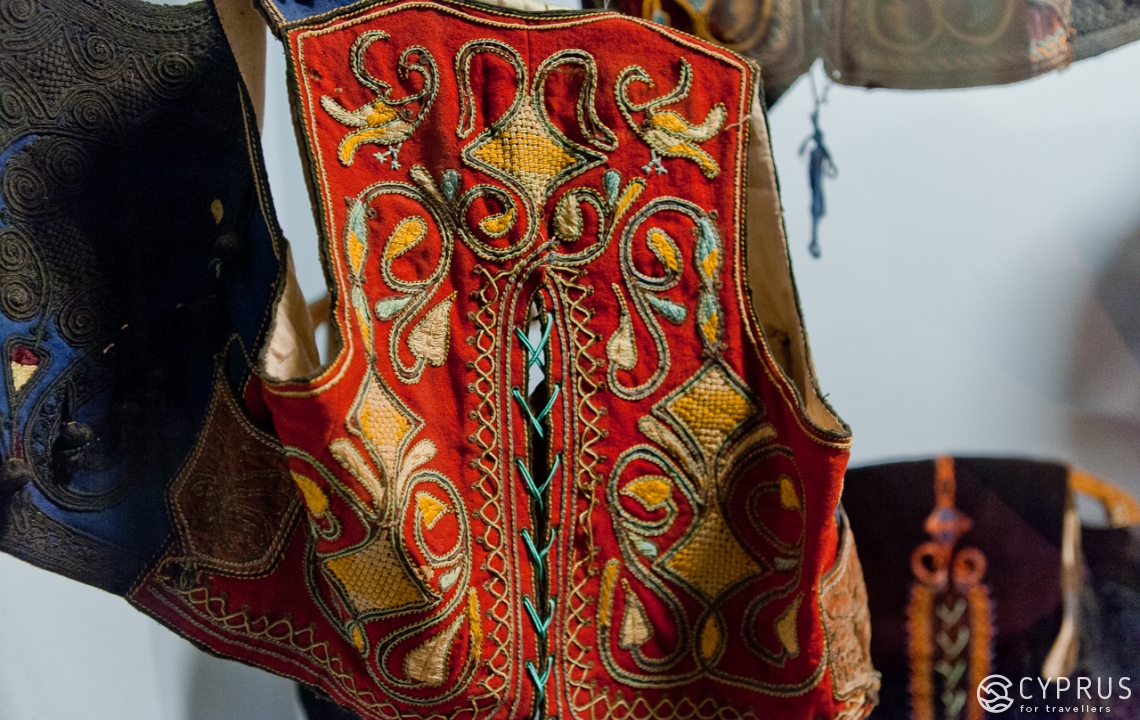
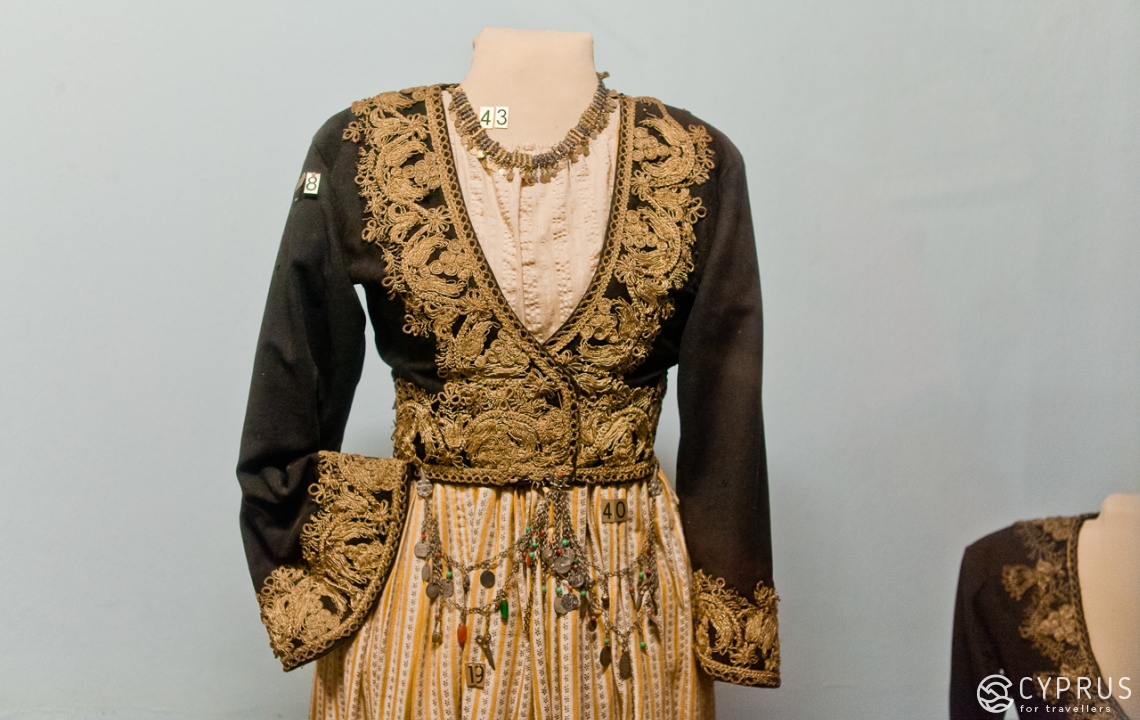
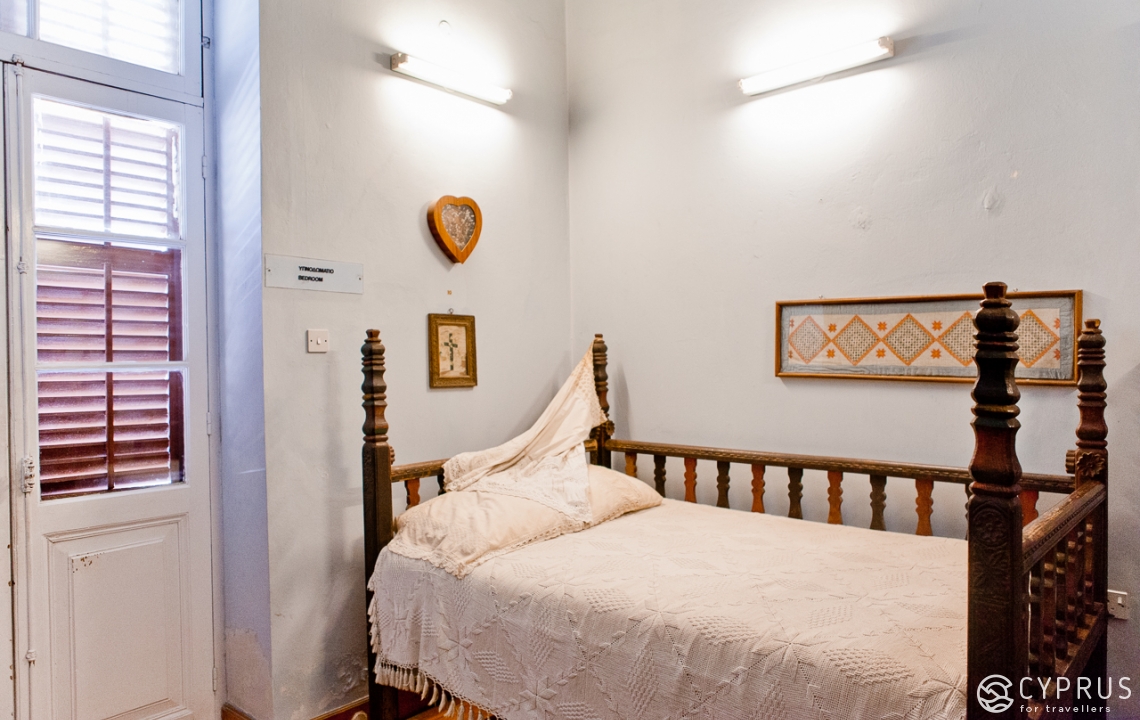
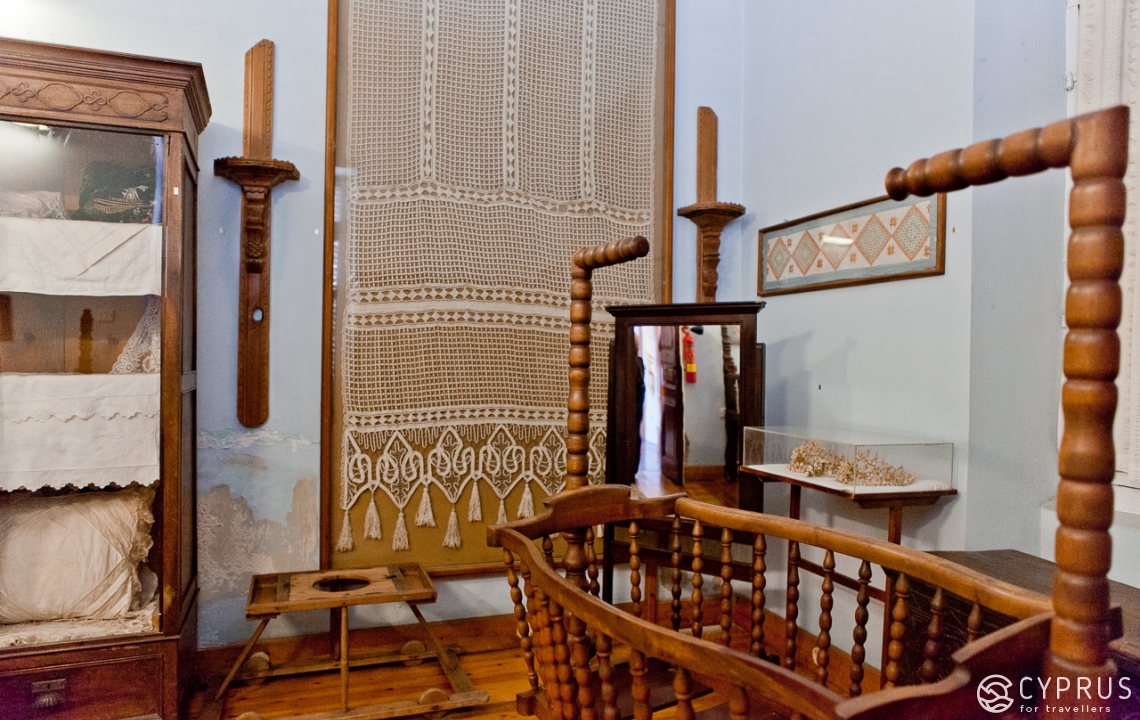
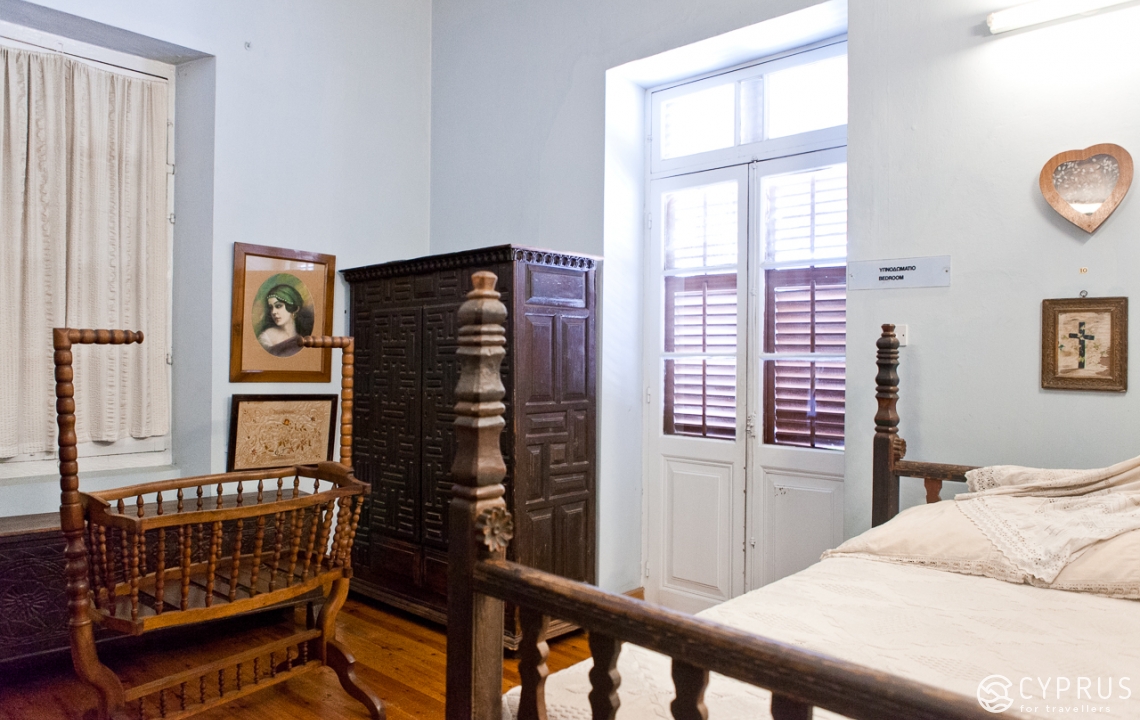
We continue our trip by walking back towards the sea and to the Marina in order to breathe in the sea breeze and ponder future trips.
The designers of Limassol Marina (comprised of an exclusive residential complex with 211 private luxury apartments and 74 villas and a yacht harbor) are Artelia Cyprus Ltd — A.F. Modinos & S.A. Vrahimis architects and engineers joint venture, in association with Atelier Xavier Bohl.
The Marina is a fine example of how the world’s best engineers, architects and designers created unique artificial islands with advanced infrastructure and private docking points.
Many people come here to look at the yachts, spend time at local cafes (lunch prices range between 12-15 euros) and visit an exhibition at the local «Trakasol» arts center.
When you come back to the Old Port, stop by the Old Port Center souvenir shop (founded at the end of the 19th century). The owner of the shop, which sells organic cosmetics (Cyprus, Greece and Israel), souvenirs, carob syrup, icons, honey, etc., belongs to a dynasty that imports sea sponges. Prices are about the same as those around the city. A wax figure of Jacques Cousteau stands next to the entrance and greets the incoming visitors. Overall, the Old Port Center is a great place to visit if you need to purchase a souvenir, but don’t have enough time.
For more information, please visit the company’s website: www.apacy.com or call: +357 25871656
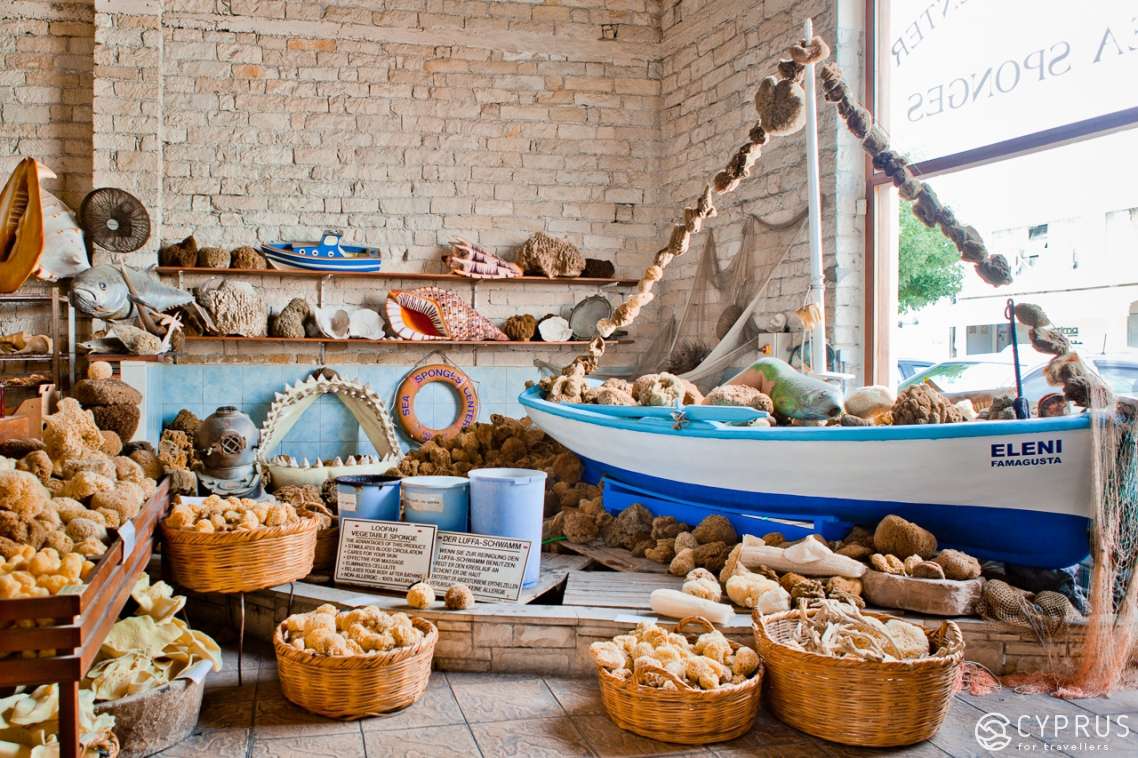
Things to consider:
If you are driving and still have some free time, you can also visit the Botanical Garden and see the Cyprus Theater Museum.
The Theater Museum opened in 2012 and houses a great collection dedicated to the history of theater on the island from antiquity to the present day. The exhibition includes costumes, drawings, decorations, accessories, props, billboards, playbills and other archival material.
Address: Panou Solomonidi, 8,, 8
Telephone: +357 25343464
Email: theatre.museum@cytanet.com.cy
Working hours: Monday-Friday 9:00 – 13:00 and 16:00 – 19:00, Sunday 10:00 – 14:00.
Entrance: please call in advance
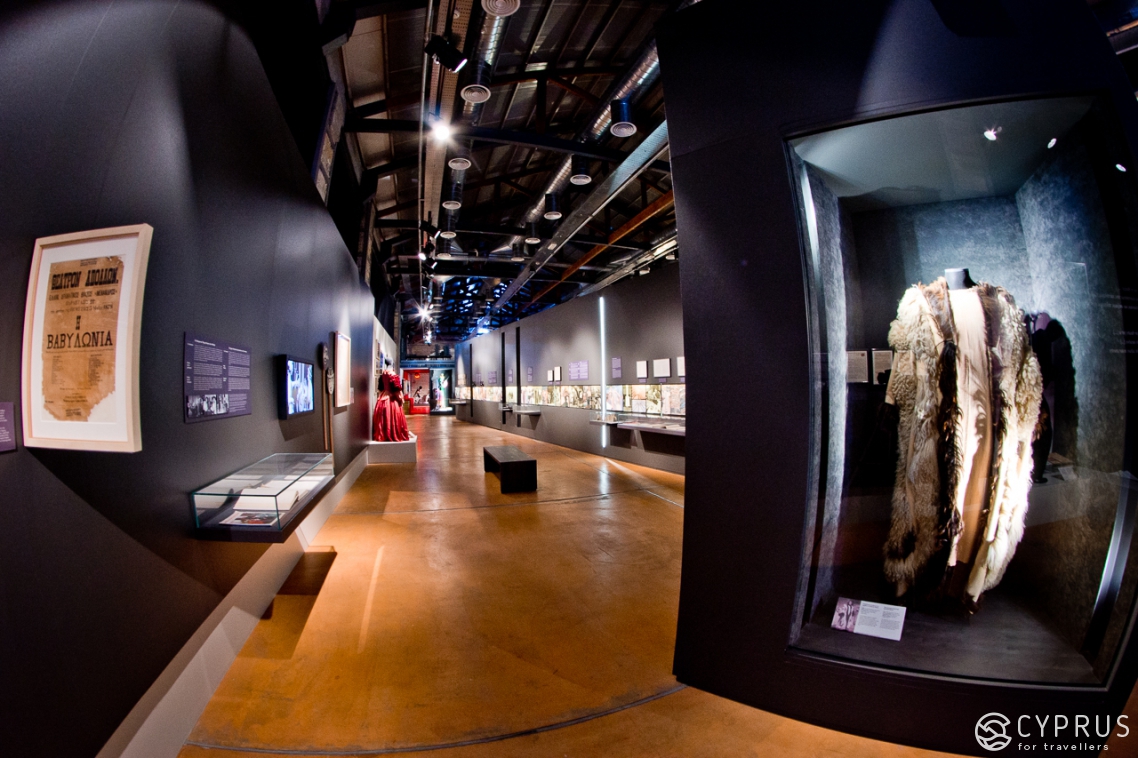
If you want to take a break from the bustle of the city, take a walk through the recently upgraded Botanical Garden (corner of Oktovriou, Lordou Virona and Olimbion). This is an oasis for nature and gardening lovers with lush greenery, flowers and children’s playgrounds. Along the alley you will find several restaurants, where visitors stop by to enjoy a cup of coffee or have a quick lunch. There is also a zoo, which has recently been renovated and has acquireda whole new look. The Garden is also home to a small municipal theater that holds frequent dance shows and plays.
Entrance into the Botanical Garden is free. Paid admission at the zoo.
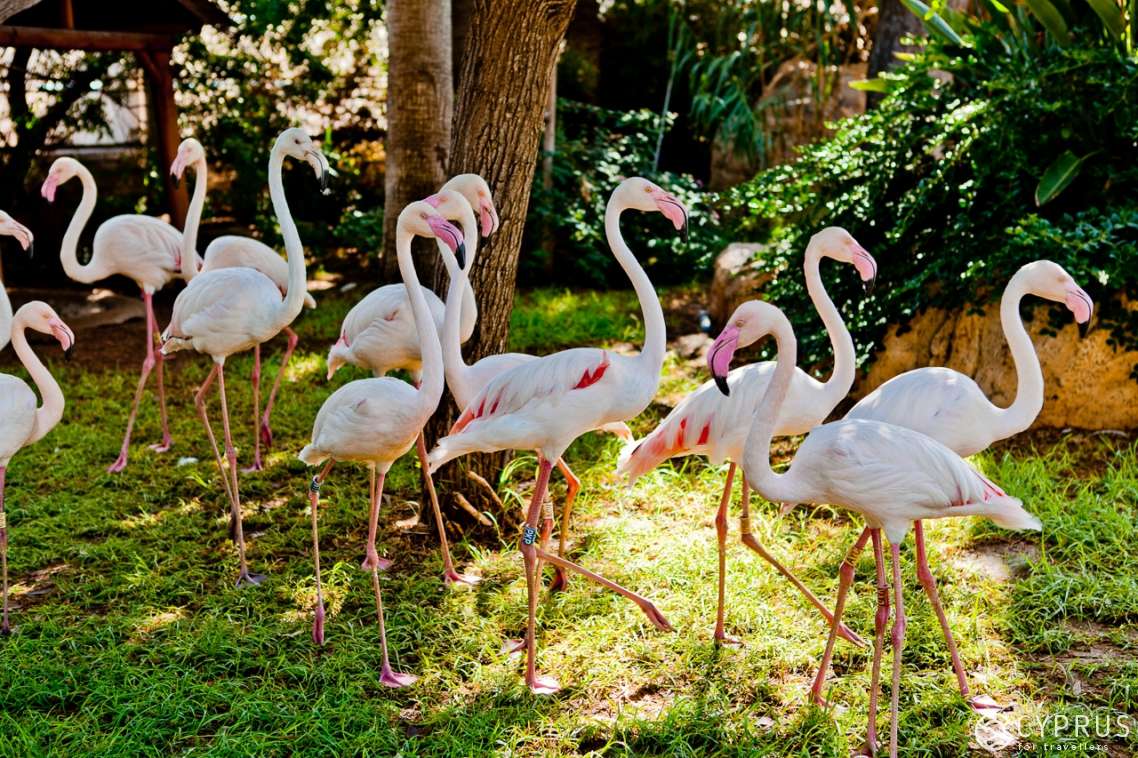
Where to park your car: the parking lots that are closest to the Old Town are located on Irinis Street, Spyrou Araouzou Street (near the promendade) and Georgiou Gennadiou Street.
You can find more information about intercity buses, such as their schedule and routes, by visiting the following website: www.intercity-buses.com.
Our trip turned out to be pretty long, but we got to learn the city from the inside and got to touch its history, its ancient traditions as well as its modern aspects. Limassol, which is both a very ancient and a very young city, is full of plans. It has welcomed us like old friends, so we can keep coming back there over and over again.
See you soon!
Written by Evgeniya Kondakova.
